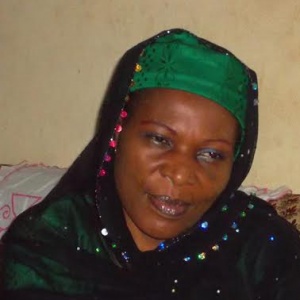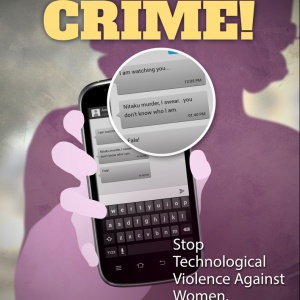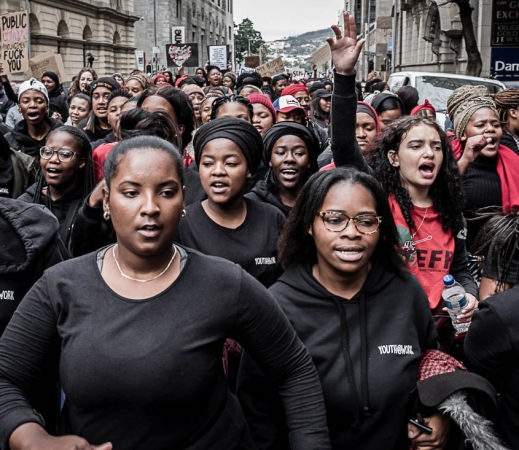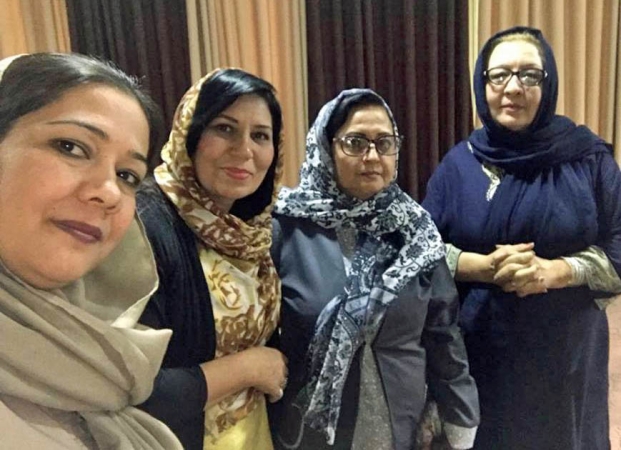Respected Iraqi woman journalist held for 9 days An Iraqi woman journalist Afrah Shawqi al-Qaisi was released by kidnappers in January, nine days after being abducted by gunmen from her home More Here
In Cameroon, the Boko Haram terrorist group has carried out many terrible atrocities since it started an insurgency in 2009. The group, recently named the world’s deadliest terrorist organisation, has killed more than a thousand Cameroonians and driven many people from their homes in the towns of the northern border regions. However reporters must still venture into the northern regions to report about the conflict and its effect on the lives of Cameroonians. one of them is Aisha Mamah Shetu who works for the state broadcaster, Cameroon Radio Television – CRTV. read more.
Online activists are facing abuse from misogynists and paid troll armies, but asking for laws to protect us from online abuse may come back to haunt us. The great freedoms offered for new voices, innovative media and human rights activism, goes hand-in-hand with real dangers on the online networking space, that was the subject of feisty discussion at the IAWRT biennial in New Delhi, India and is under scrutiny around the globe. The growth of online networking and media has complicated our understanding of media ethics, and of how to guarantee freedom of speech. It also muddies the issue of censorship and how it operates in many countries. Read more
The APC End violence: Women’s rights and safety online project is changing women’s lives. It is our goal with this section to offer a personal look at individual women whose lives have been significantly impacted by the initiative. This week, the project partner in Kenya, the International Association of Women in Radio and Television (IAWRT), shares the stories of women whose organisations were strengthened in a sustainable way to address technology-related violence against women.
This was after a training of trainers (TOT) on technology and violence against women which took place in Nairobi in September 2013, and how those learnings impacted on the lives of hundreds of Kenyan women.
All the women leaders trained by IAWRT during the TOT workshop “Technology and violence against women – Harm, safety and building evidence” gained an understanding of technology-related VAW issues in Kenya and globally, how these violations take place and why reporting is important. They have embraced technology because they are now able to stay safe online and report abusive emails and messages, unlike in the past, when they would just delete abusive messages and close their social networking sites.
Mary Onyango, lead researcher for the tech-related VAW project in Kenya, considers that the TOTworkshop on technology and violence against women has impacted knowledge and skills around the use of the internet as an important tool for communication but also one that can be dangerous if carelessly used. “I am now very familiar with areas of cyber crime such as stalking, mostly by anonymous people online (through social media – Facebook, Twitter, etc.) who infringe on the privacy of users,” she said.
The impact of the training of trainers on security issues was without a doubt sucessful. As a TOT Onyango has been able to share some of the information gained with other women, who are more vulnerable online, as revealed by a 2010 report by the Kenya ICT Action Network, “Women and Cybercrime”. The report found that abuse, trafficking, intimidation and humiliation of women online were rampant in Kenya, and that women need to be careful online and use some of the security options available. These can be as simple as knowing how to create a strong password to ward off hacking or stalking.
“As a TOT I have trained women’s rights groups in the Coast region, and witnessed the knowledge gap that security training is filling in the lives of women so that they can stay safe online and continue embracing technology,” said Onyango. “The cybercrime training has enhanced my capability to conduct research on technology-related VAW to investigate the vulnerability of women and the existence of ICT laws to address cybercrime,” she added.
“The first time I attended a training of trainers on technology-based violence against women I knew nothing about security codes and how vulnerable one is if using a smart phone. I thank IAWRT and APC for planning such a powerful two-day training,” said Mary Kiio, senior broadcast mentor at BBC Media Action.
Kiio trains journalists from mainstream and community media on proper ways of reporting at the BBC, and after the TOT she incorporated the knowledge she acquired in the monthly trainings that she delivers to journalists from various media houses. “But before tech-related VAW trainings were incorporated into trainings, I first of all trained my colleagues at the BBC Kenya Office, and the management team found the training relevant and timely,” she added. As a concrete result of this, all the trainings that she has carried out since September 2013 at BBC Media Action have a two-hour session on technology-related violence against women.
Now the journalists from various media houses develop radio features with teachings on how to stay secure online, how to change and create passwords regularly, and the importance of signing out of email accounts safely. They also learn how to identify when technology abuse has been experienced, where to report it and to whom.
“Today, most of my colleagues at BBC change their passwords regularly and create complicated passwords. Thank you for setting aside funds for such a noble project. It couldn’t have come at a better time than now,” Kiio concluded.
Publisher: APCNews 24 July 2014
South African women march to demand an end to gender-based-violence in their country
Under the hashtag #TheTotalShutdown, women across South African cities protested and called for real action to bring an end to high levels of violence and femicide.
by Sara Chitambo with photos by Nicky Newman
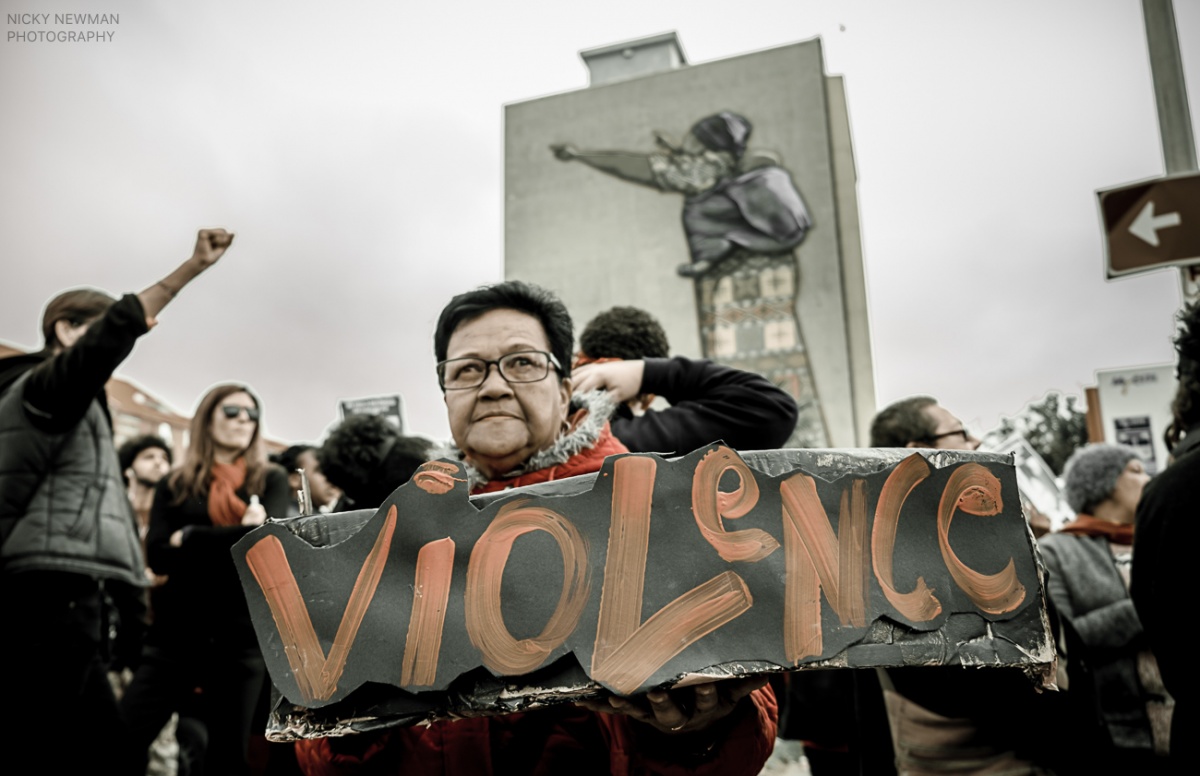 Every August, South Africa marks ‘Women’s Month’ to commemorate the Women’s March of August 9th 1956 when 20 000 women protested against harsh apartheid pass laws that restricted movement of the black majority. This year wearing black and red in solidarity under the hashtag #TheTotalShutdown the women of South Africa mobilised and kicked off the month with protests against violence and femicide across the country’s 9 provinces. South African women experience high levels of gender-based violence and it is reported that a woman is raped every 26 seconds and that women are more likely to be killed at the hands of their intimate partner than by a stranger.
Every August, South Africa marks ‘Women’s Month’ to commemorate the Women’s March of August 9th 1956 when 20 000 women protested against harsh apartheid pass laws that restricted movement of the black majority. This year wearing black and red in solidarity under the hashtag #TheTotalShutdown the women of South Africa mobilised and kicked off the month with protests against violence and femicide across the country’s 9 provinces. South African women experience high levels of gender-based violence and it is reported that a woman is raped every 26 seconds and that women are more likely to be killed at the hands of their intimate partner than by a stranger.
We marched to government offices to hand over a memorandum with a list of demands to make the country safer for women and for government to take action on increasing levels of violence against women and children.
Young and old, black and white, women and gender non-conforming individuals formed a cathartic train as we observed moments of silences, chanted, sang and cried during the march.
In Pretoria we marched to the Union Buildings the official administrative government meeting place to hand over the memorandum to President Cyril Ramaphosa, as the women did in 1956.
The president had known about our intentions for two months, but he was not there when we arrived. He was still not there after about 3 hours waiting in the sun when some women clashed with police who fired teargas to disperse the crowd.
Defiant women carried on chanting, singing and waiting.
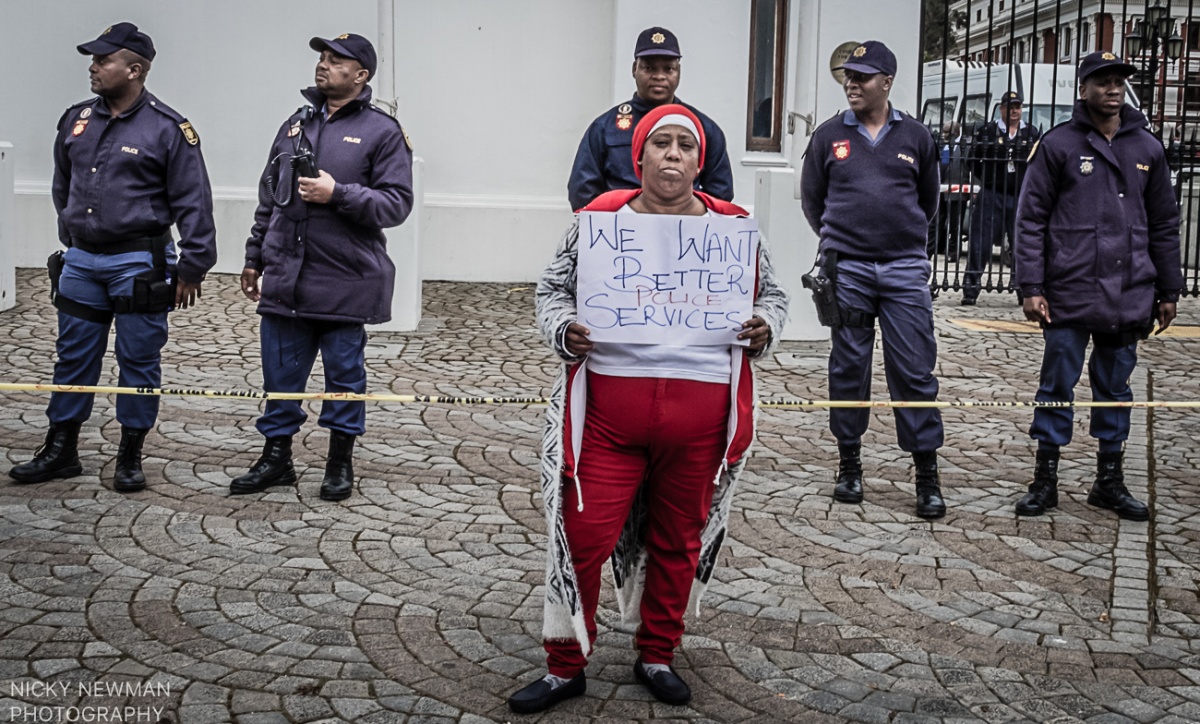 By 5pm the president had still not come and communication from his office across the wire fence had ceased. We persisted.
By 5pm the president had still not come and communication from his office across the wire fence had ceased. We persisted.
As the sun started to go down, many women started to lose hope knowing that with the darkness the very dangers we were marching against increase. Public transport would end soon, and most women would be stranded. We began to make our way home, angry and disillusioned, wondering if today would end up being just another march.
A defiant handful of women remained in the dark carrying the hopes and wishes of 51% of South Africa’s population. 20:45pm, at last the president arrived. Those that had waited read the 24 action points on the memorandum. First of which is to convene a national meeting to address femicide, rape and safety of women in the country before the end of August. A small victory to build upon.
#TheTotalShutdown movement started on social media and through posts shared widely across social networks women were mobilised and committed to marching. Women in the neighbouring countries of Namibia and Lesotho also marched on the same day.
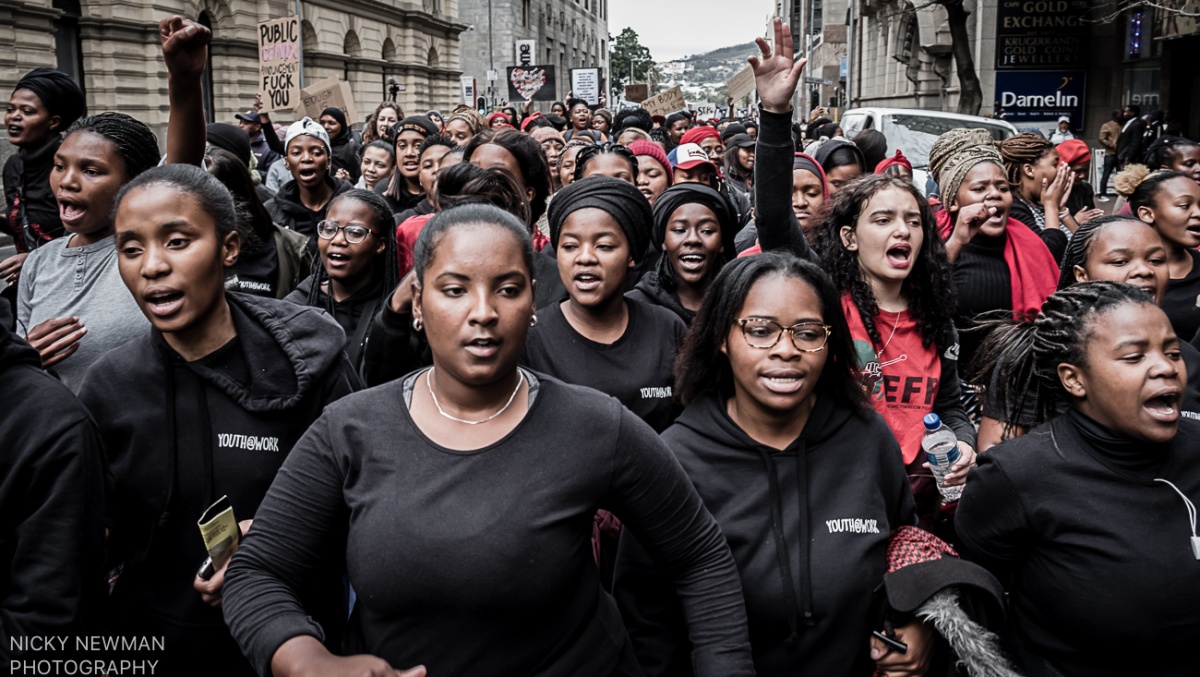 Diversity, strength, resilience and pride
Diversity, strength, resilience and pride
Photographer Nicky Newman writes, Women across South Africa marched, sang, raged, cried and danced ONCE AGAIN to express our frustration and anger at the ongoing and ridiculously high levels of violence, abuse, kidnap and murder. The pain was palpable, the stories almost too much to bear.
Obviously as photographers and activists we are going for the shots that show the thousands of women, united. But I really wanted to share the amazing diversity, strength, resilience and pride of so many beautiful women, each and every one enduring pain and fear and heartbreak on a daily basis.
I felt quite conflicted showing some of these photo’s, someone’s grief, so close up. But that is what is too often hidden and I decided to include the more difficult images as they are such an important part of this barbaric narrative we seem to be stuck in – hopefully not for too much longer!! the slideshow below is best viewed on a full screen.
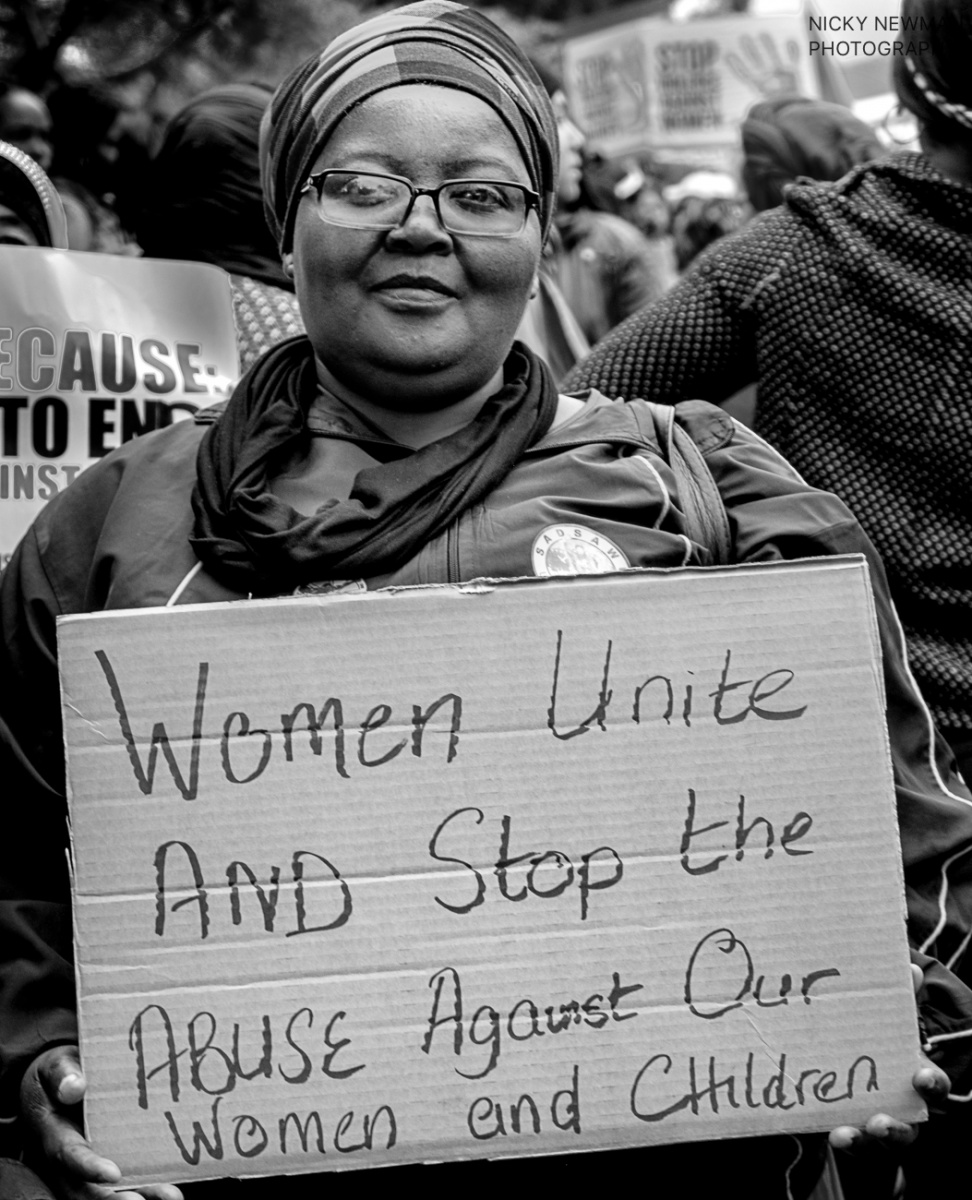


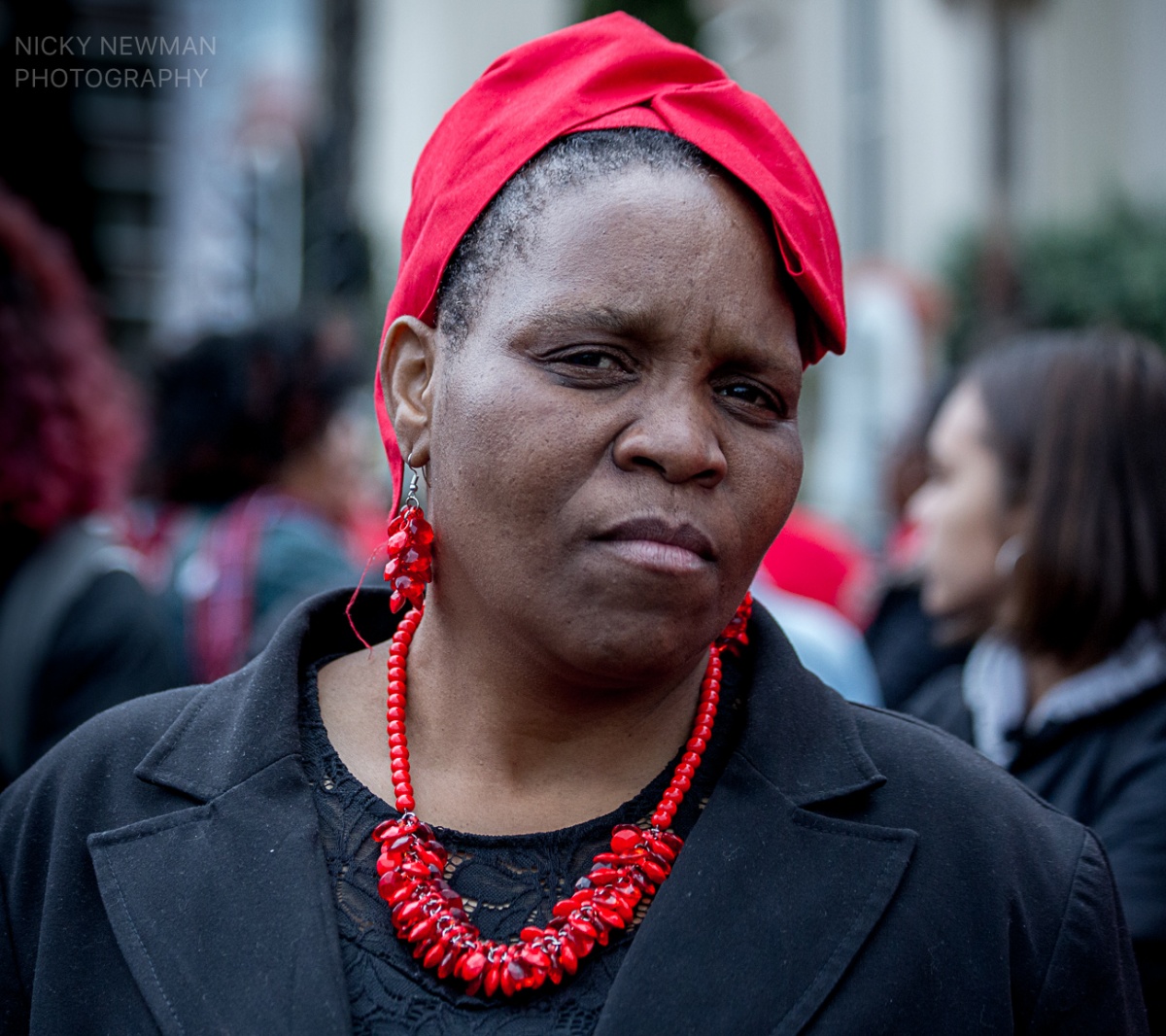
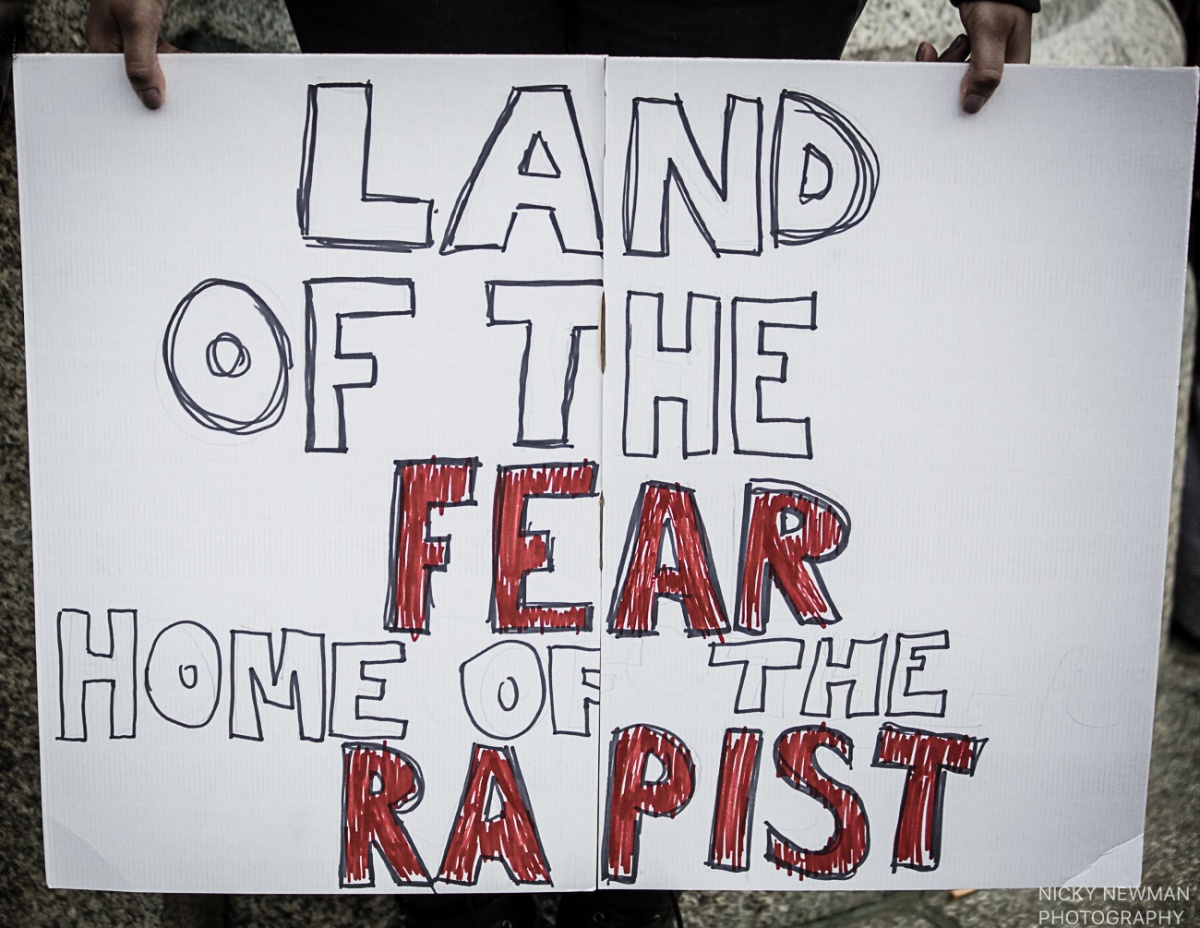
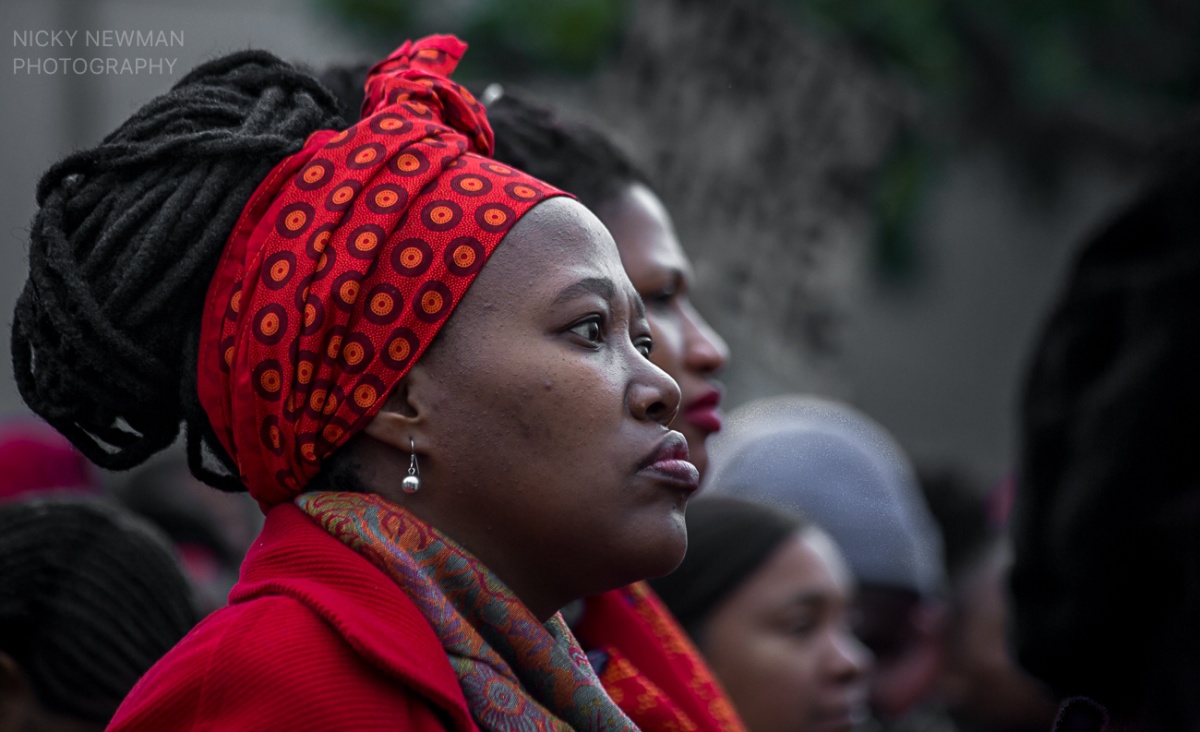
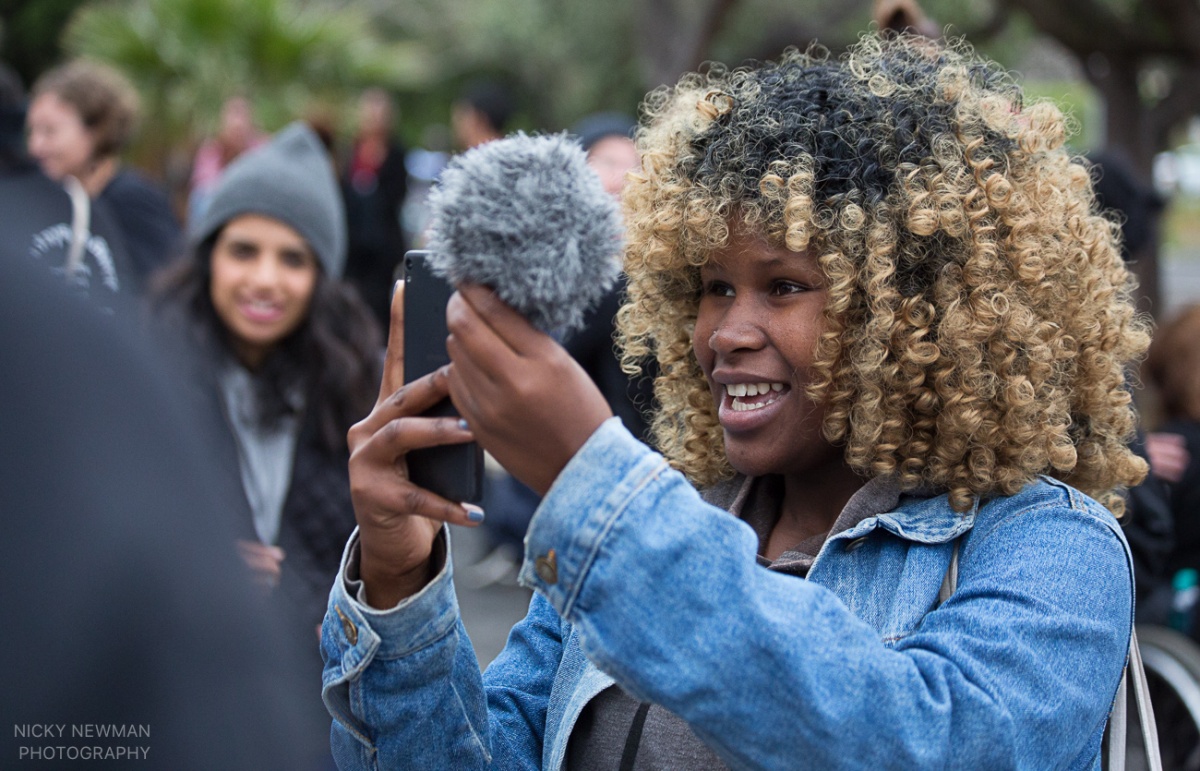
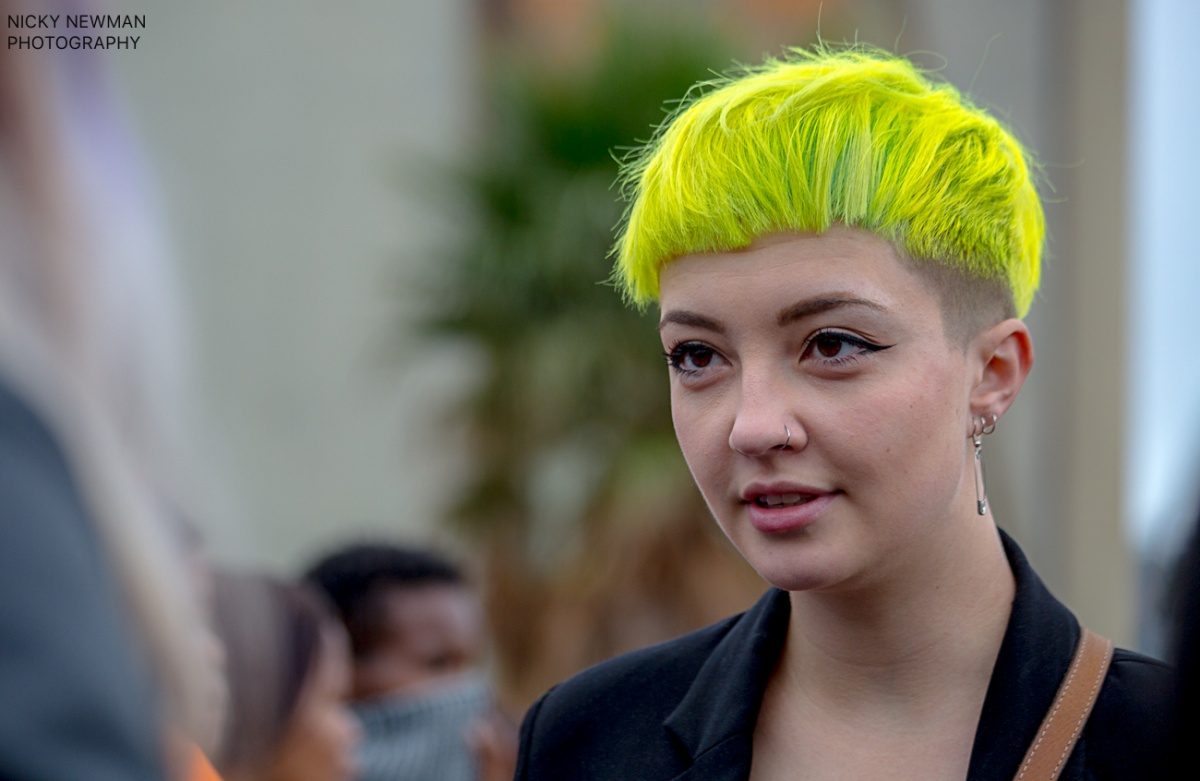
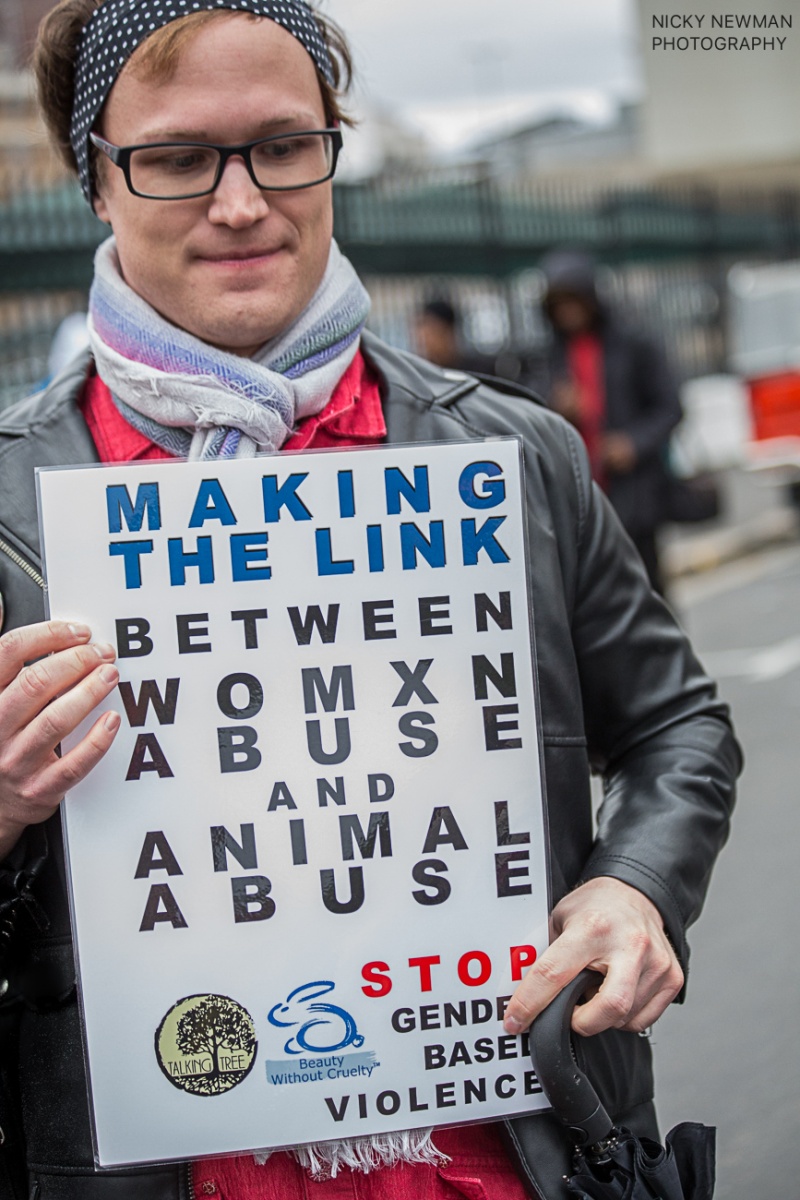
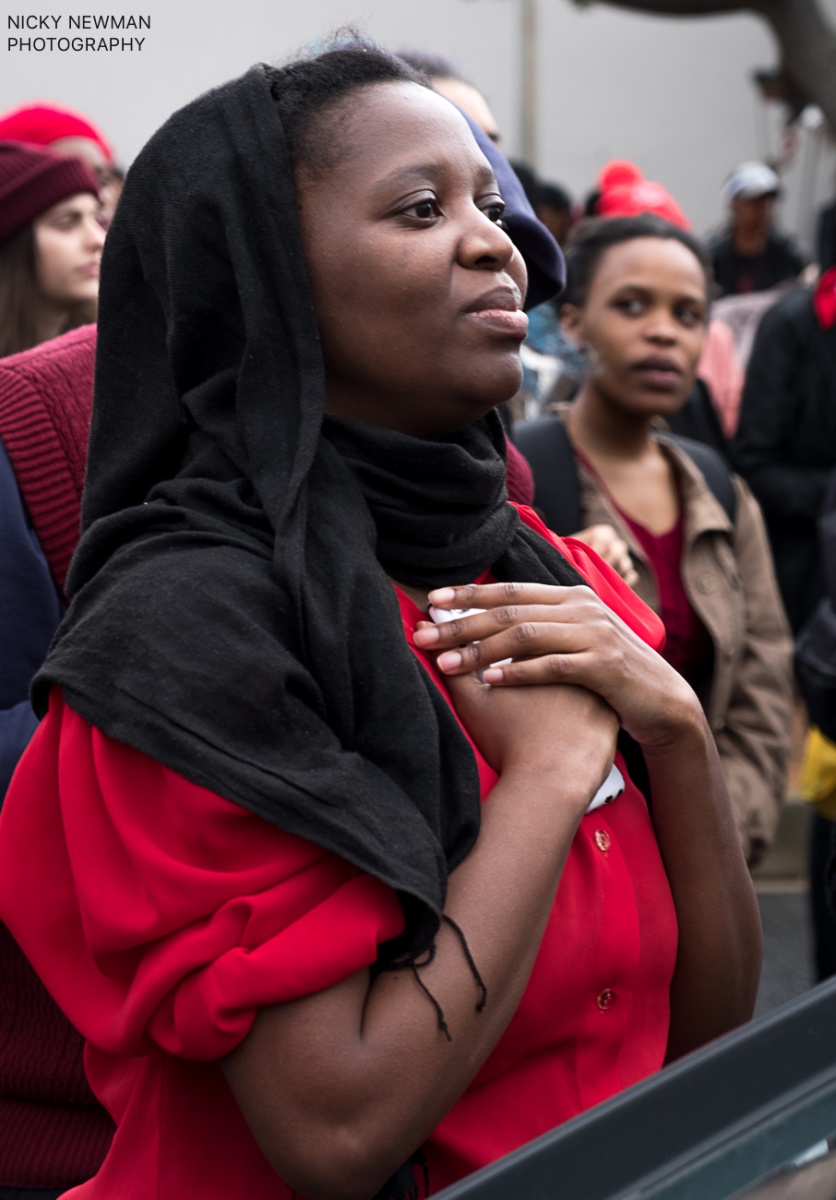

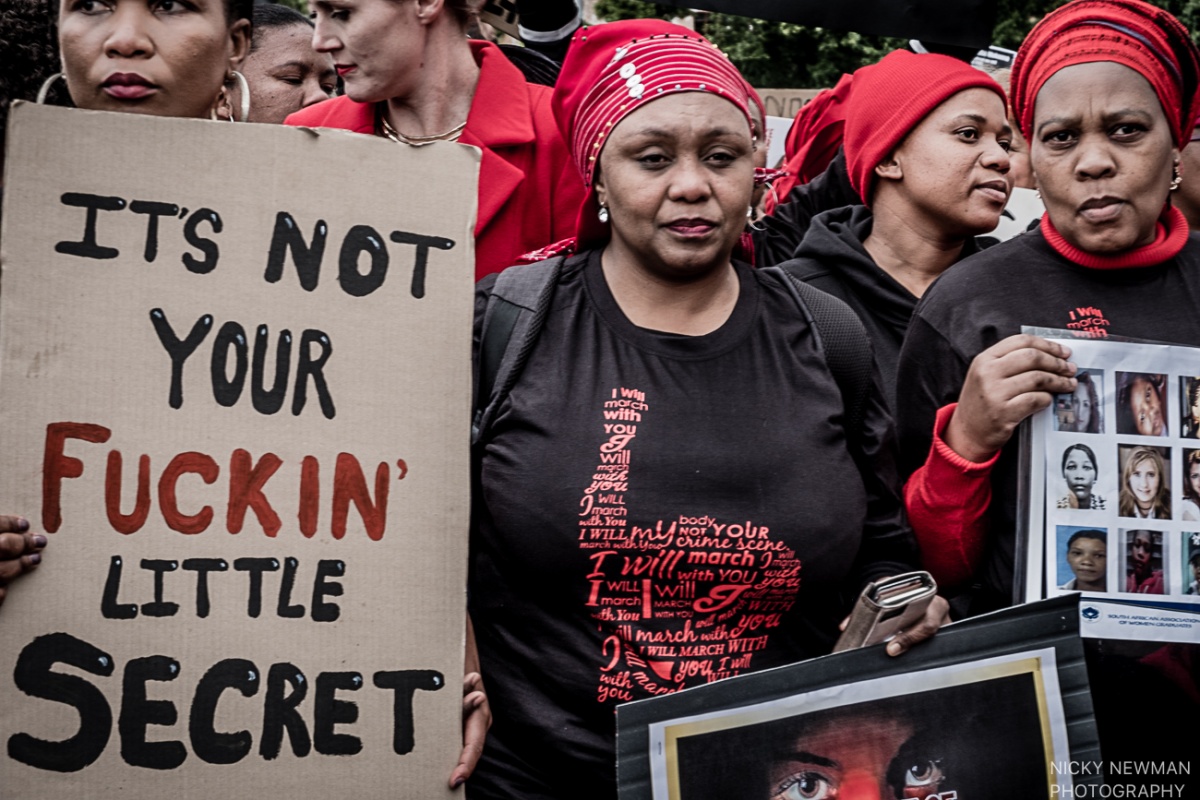
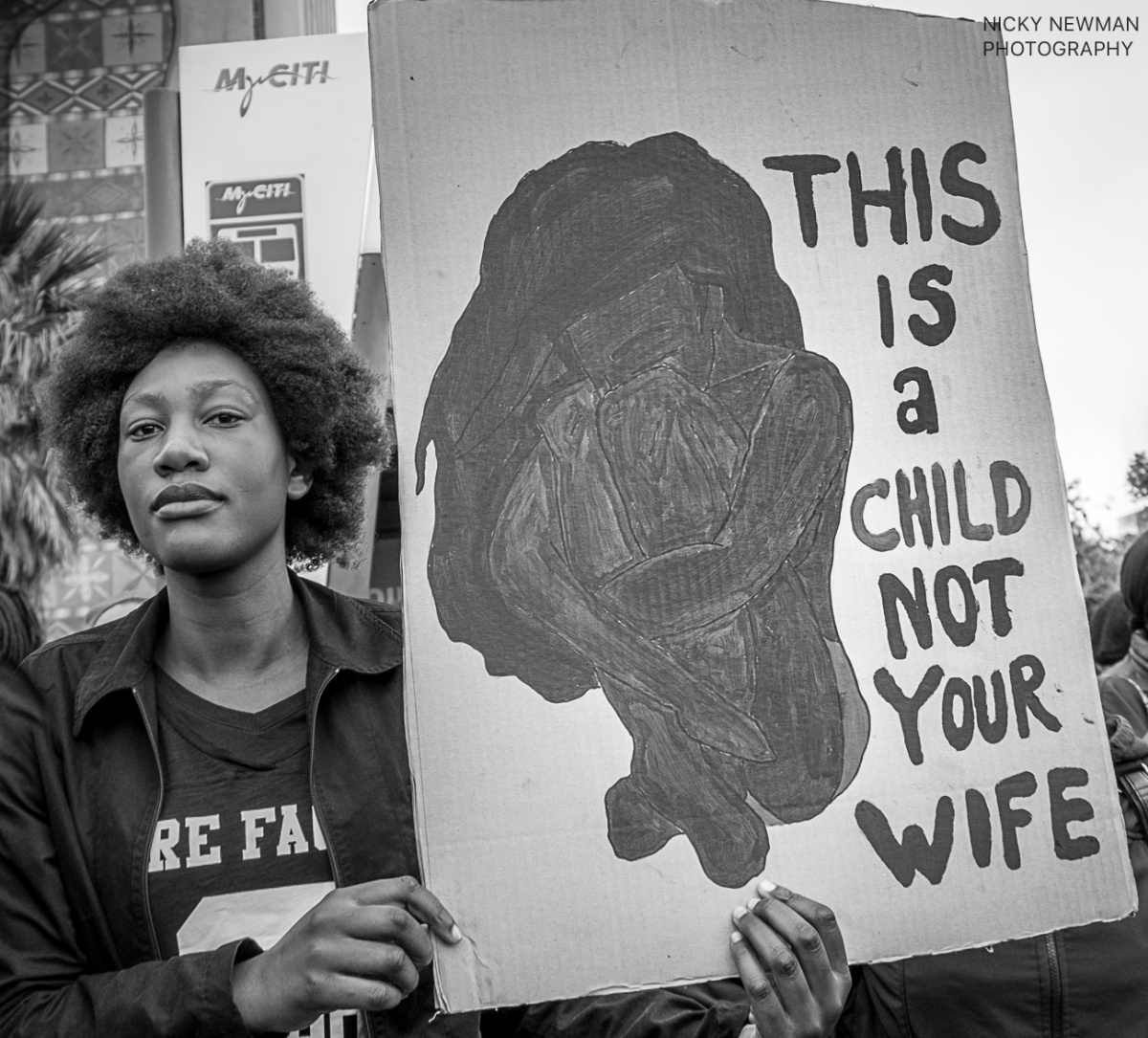
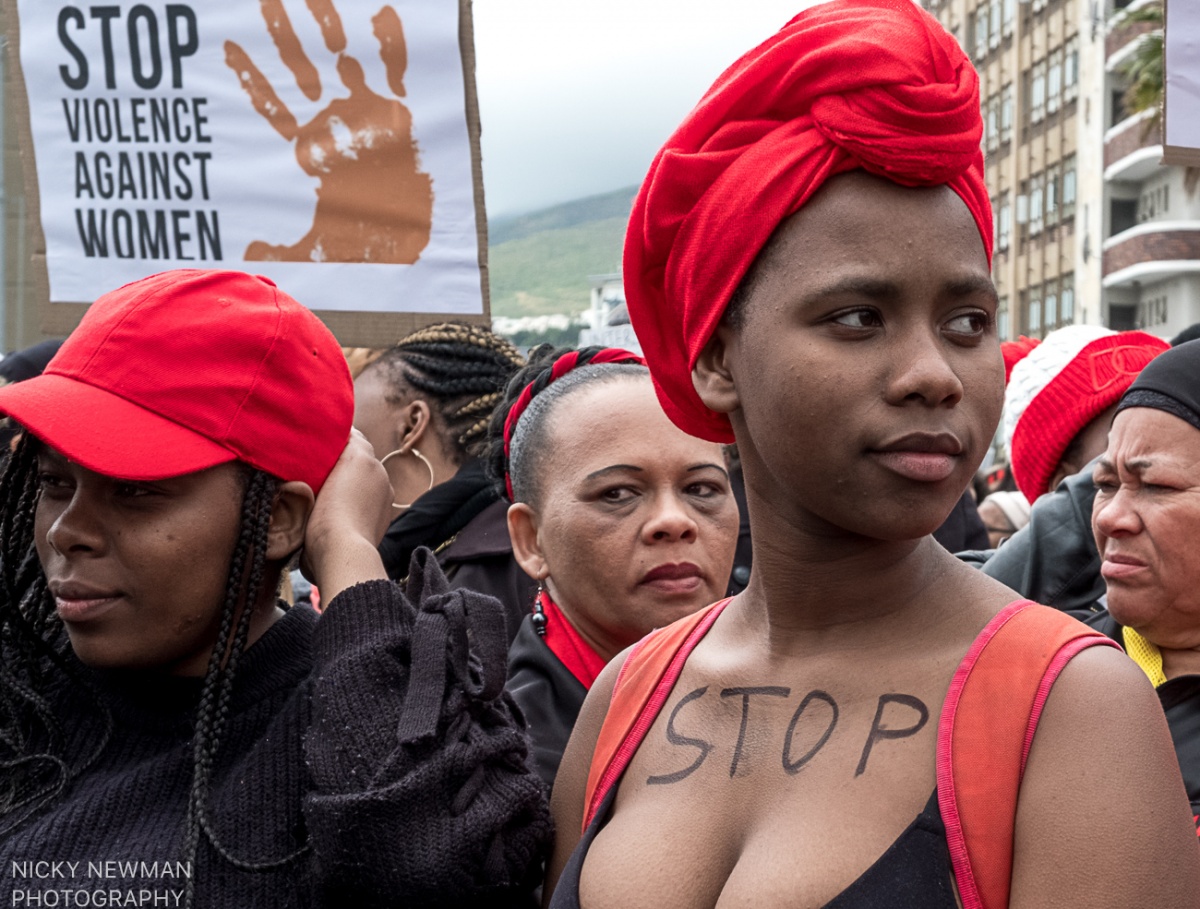
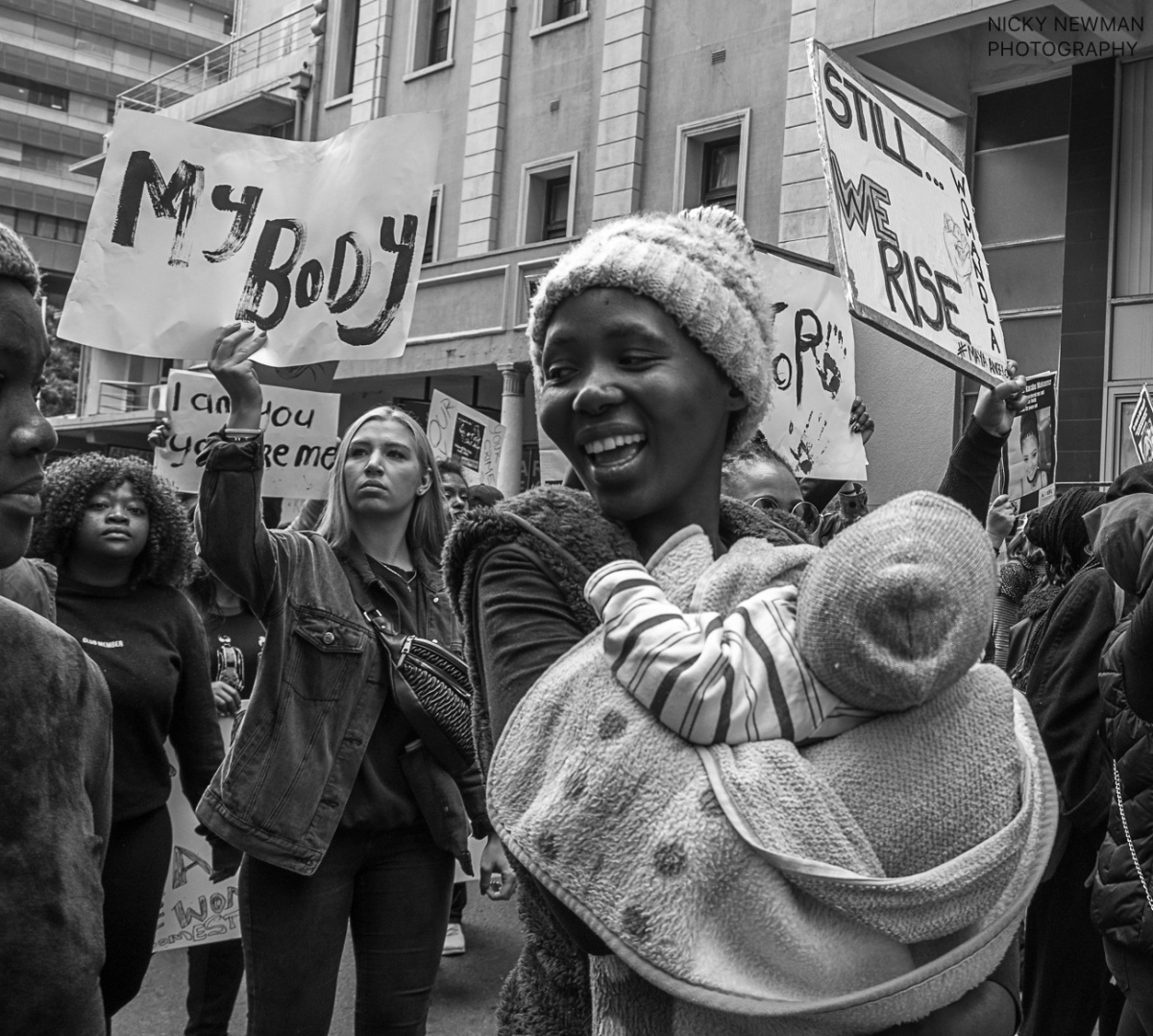

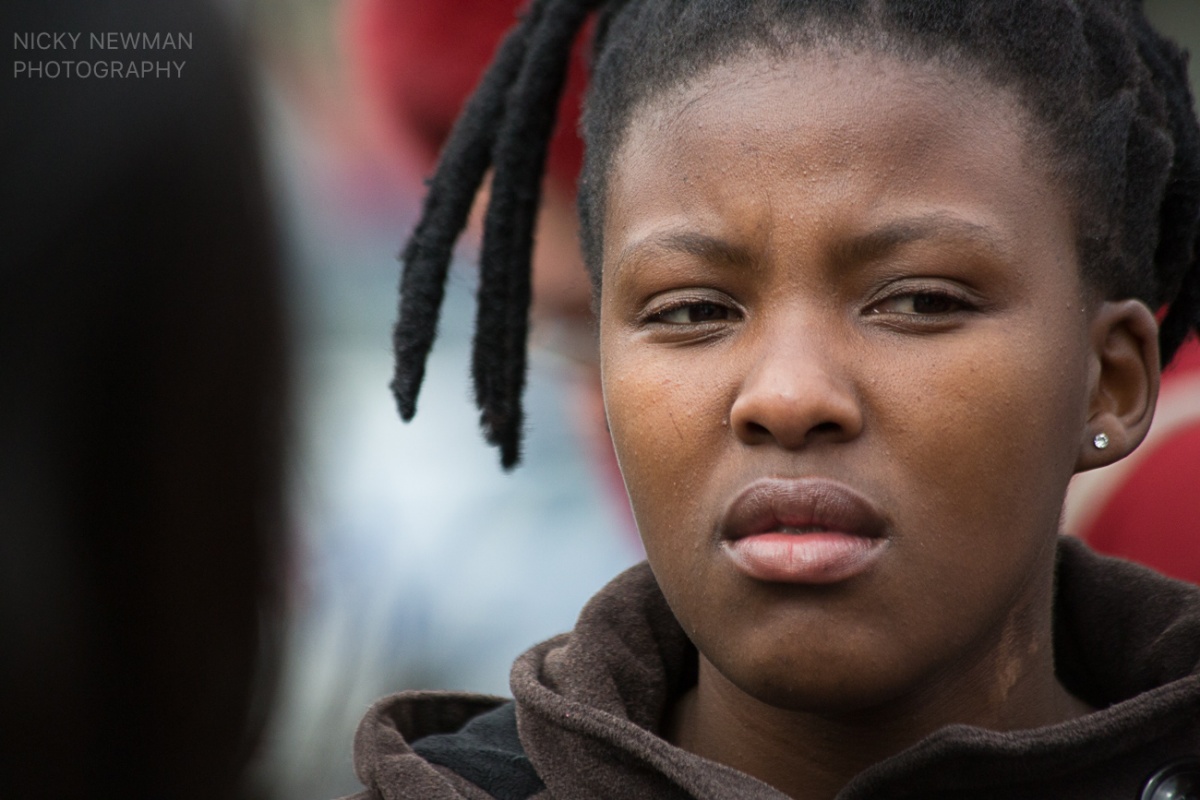
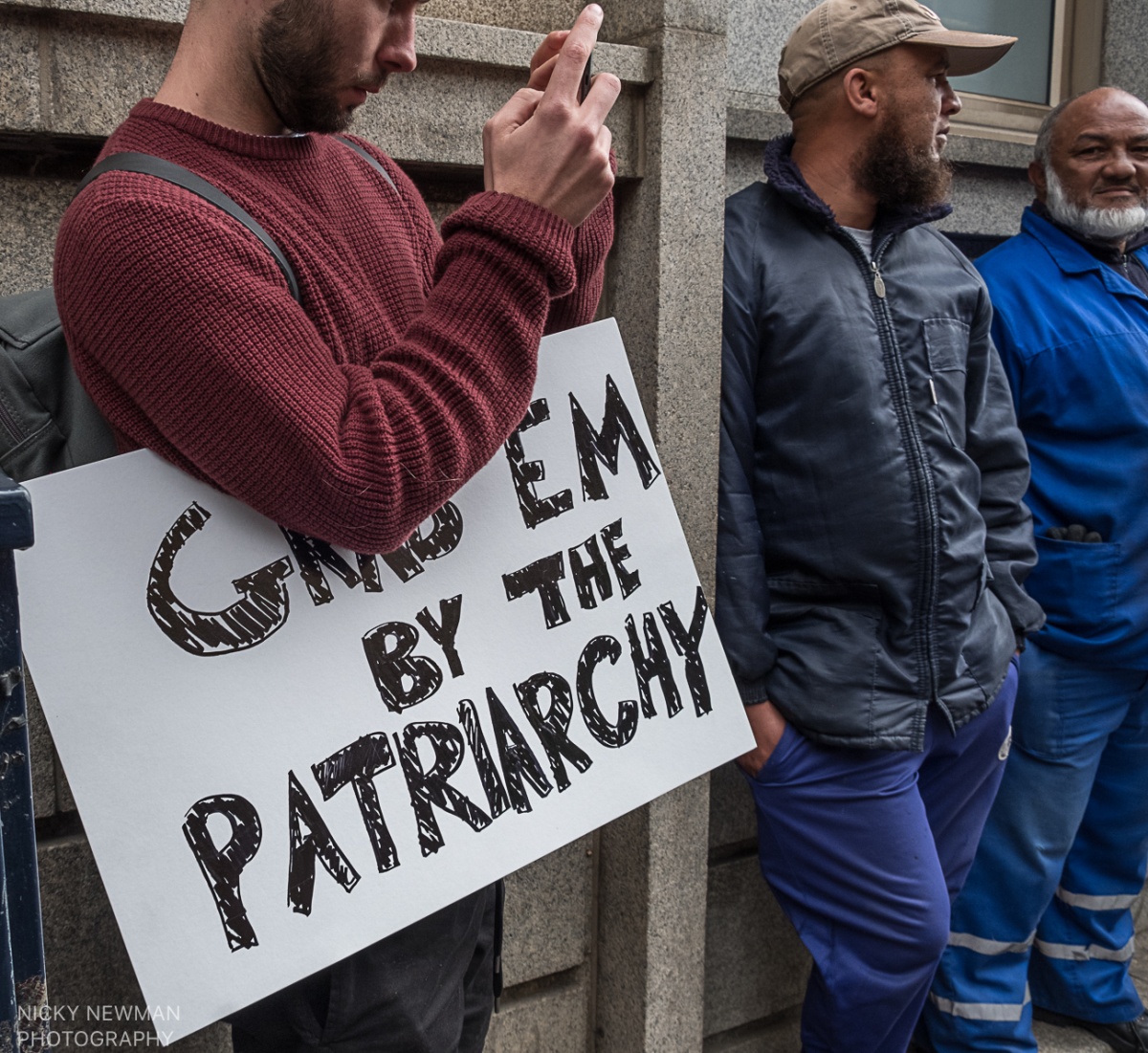

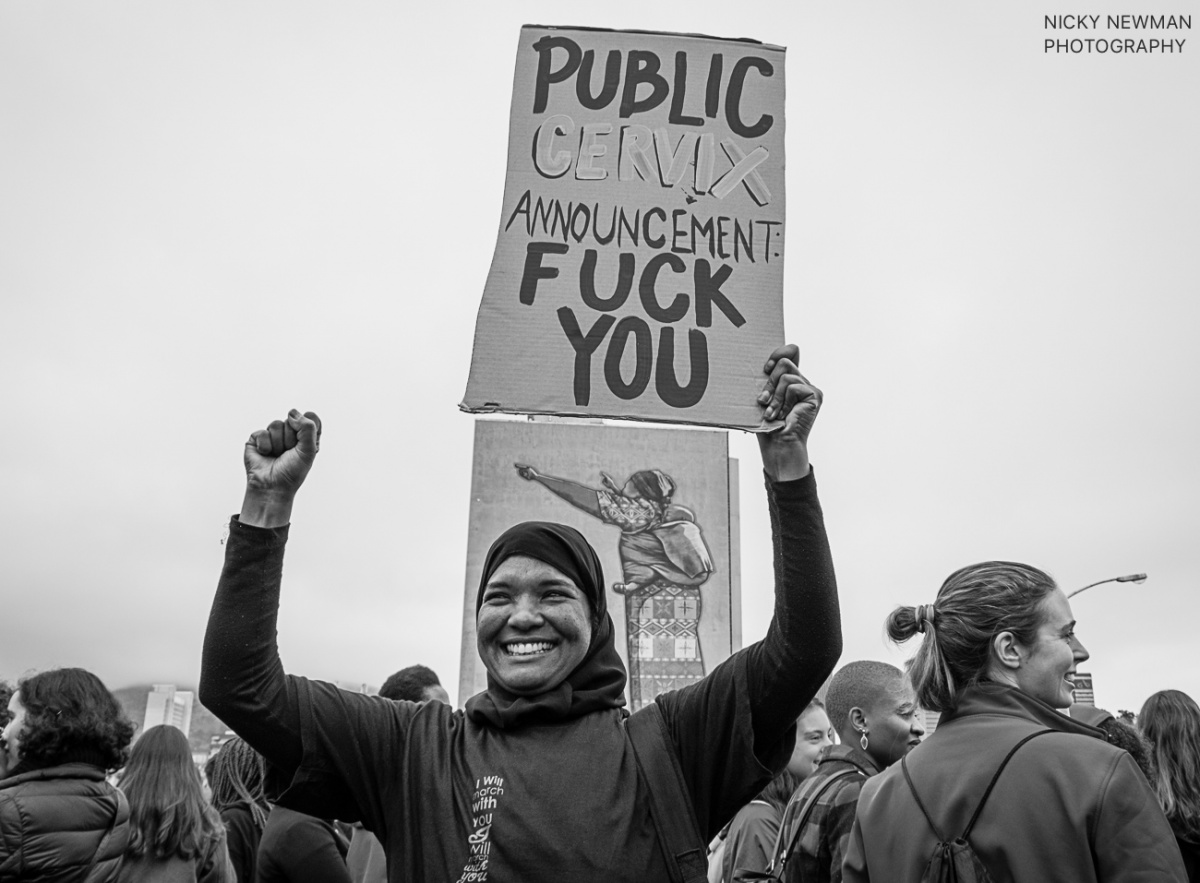
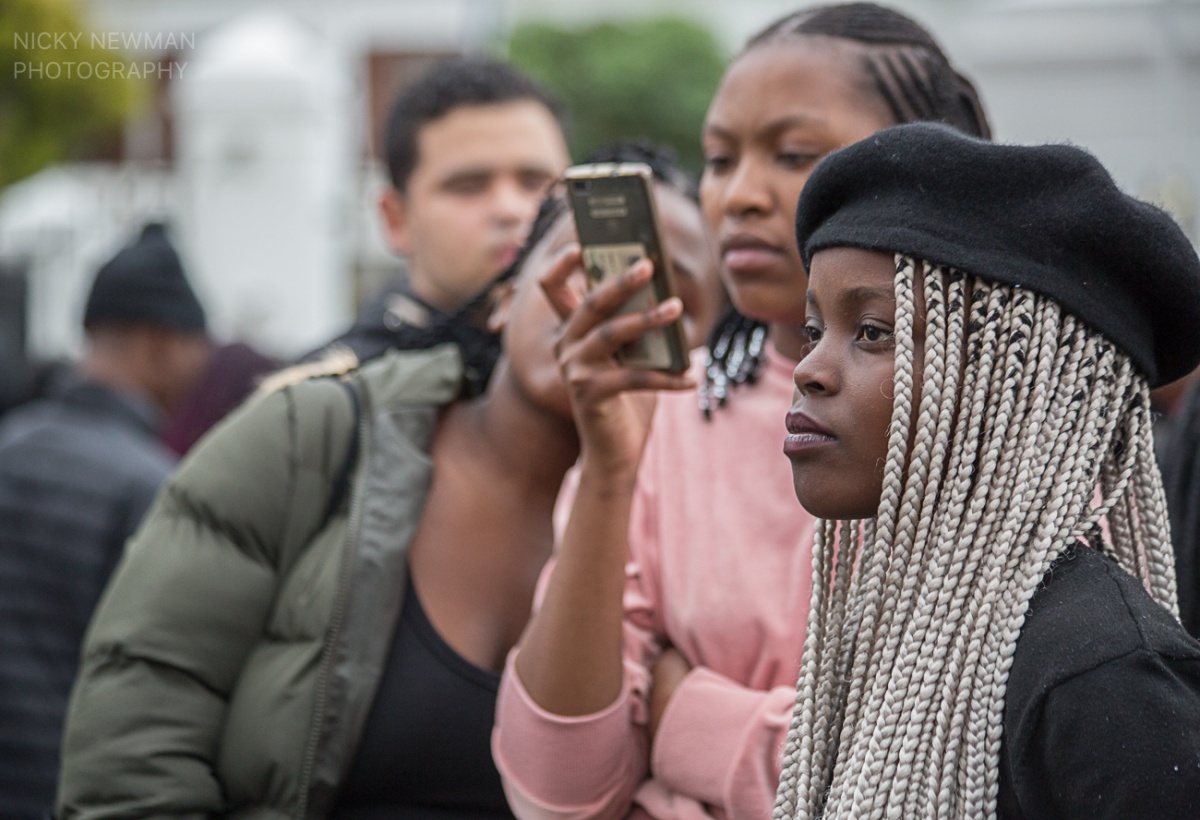
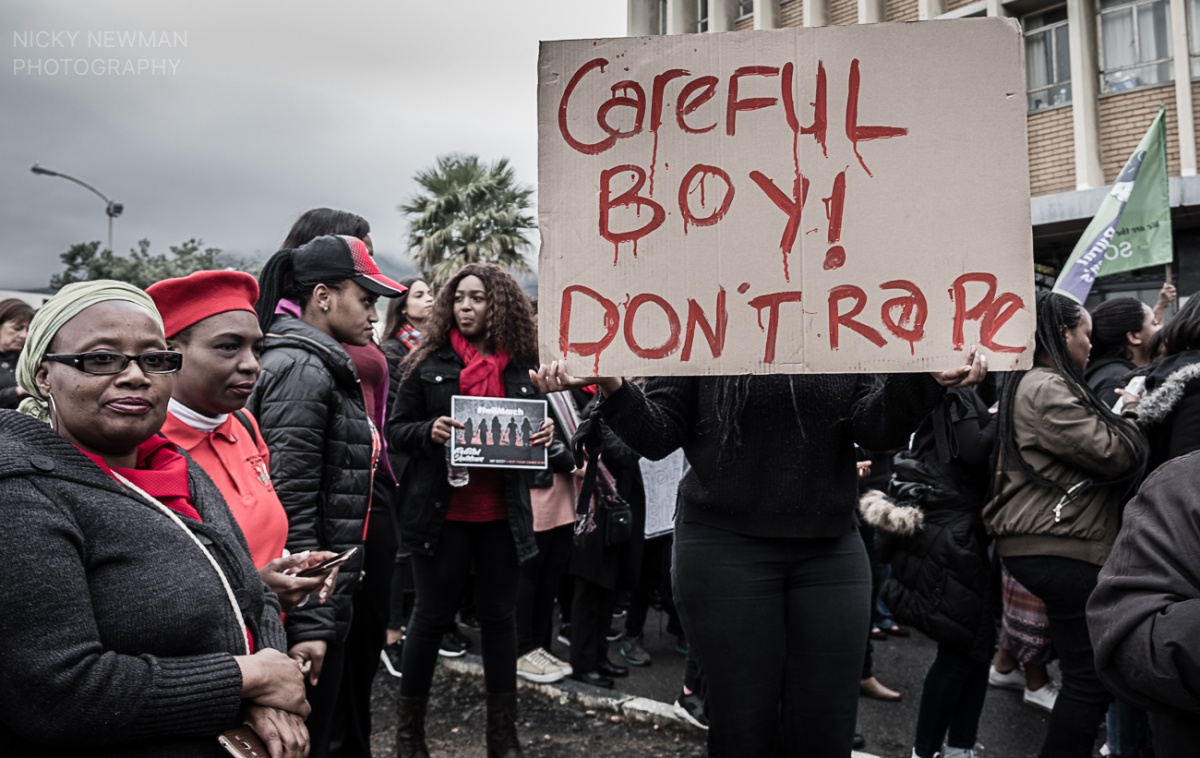

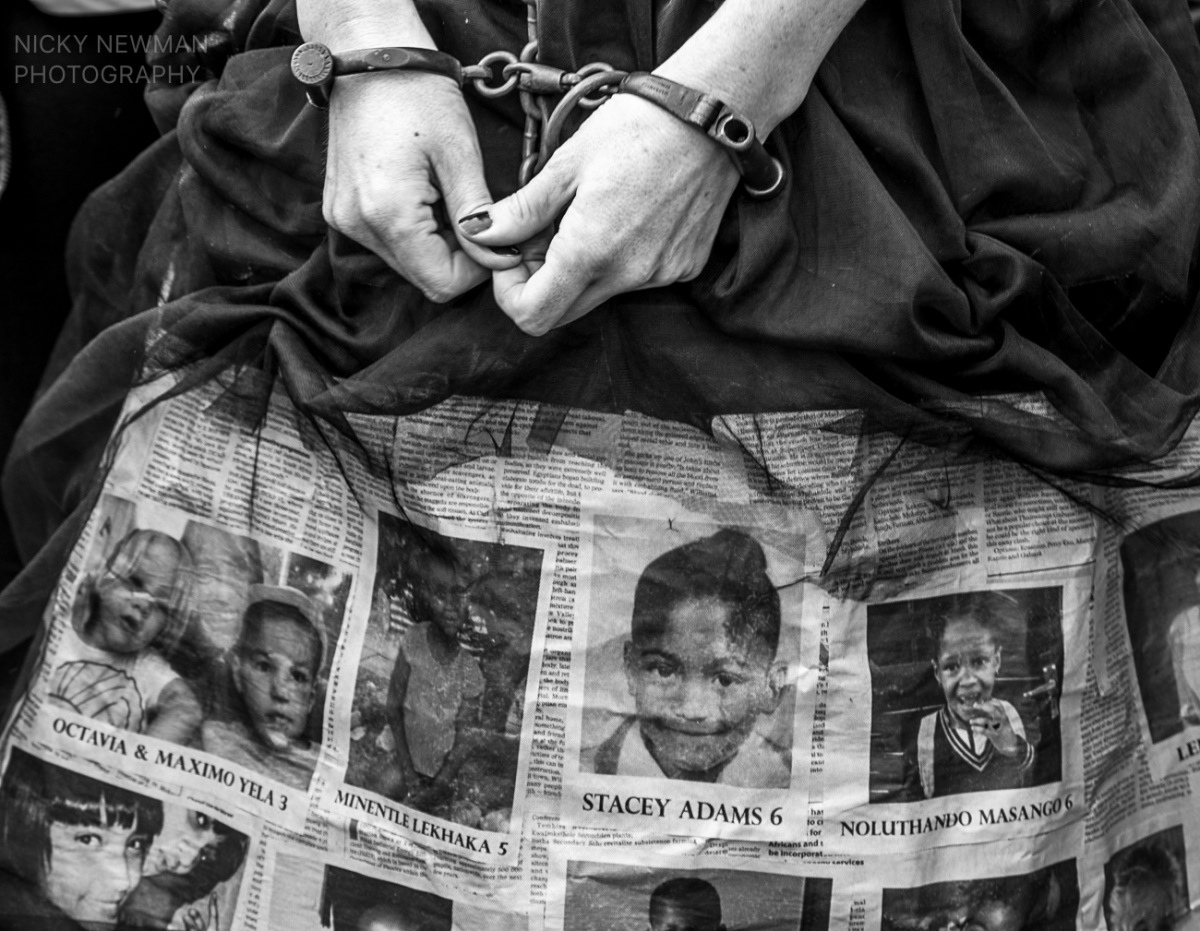
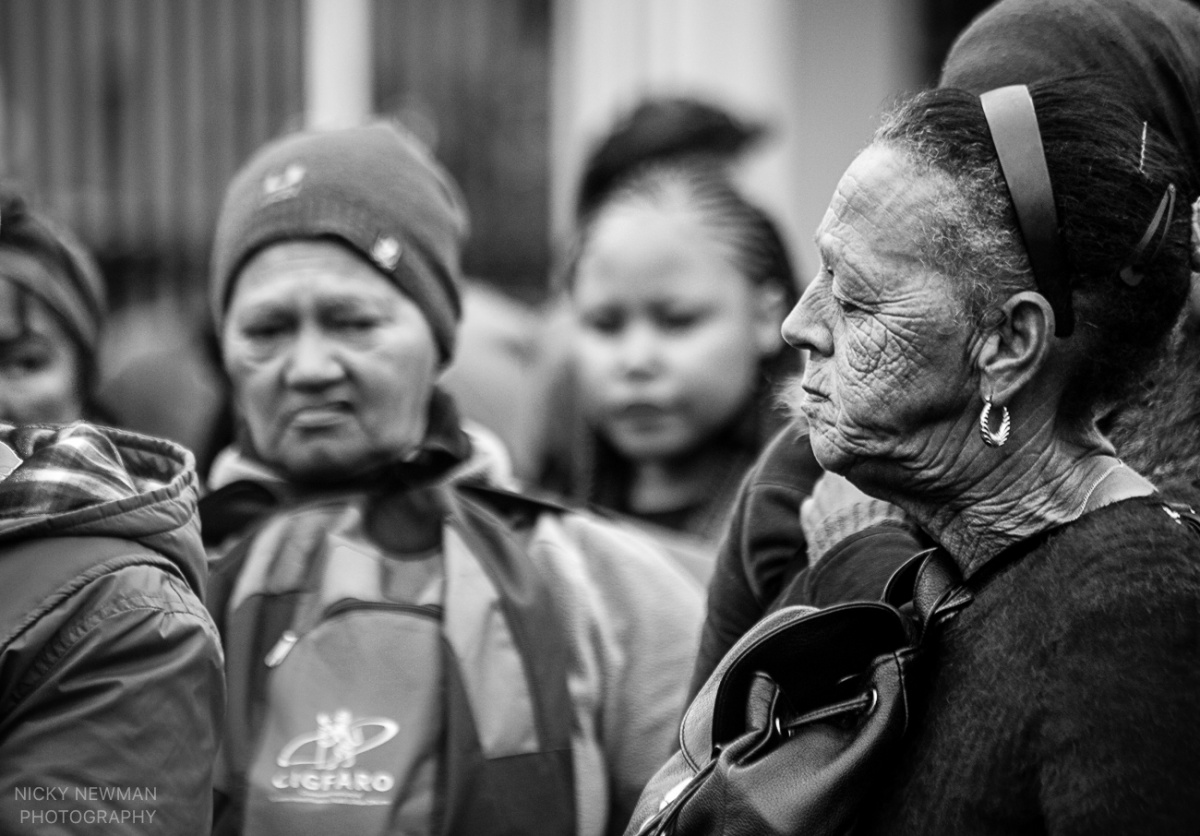

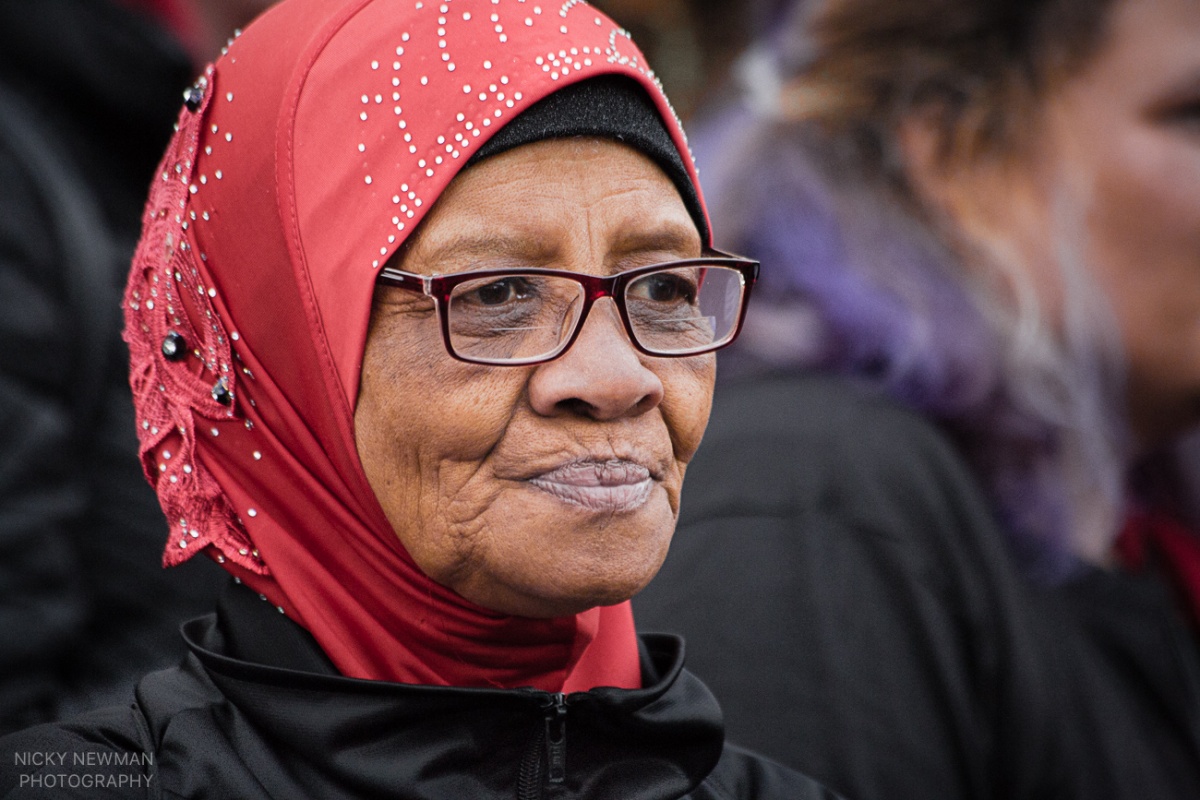
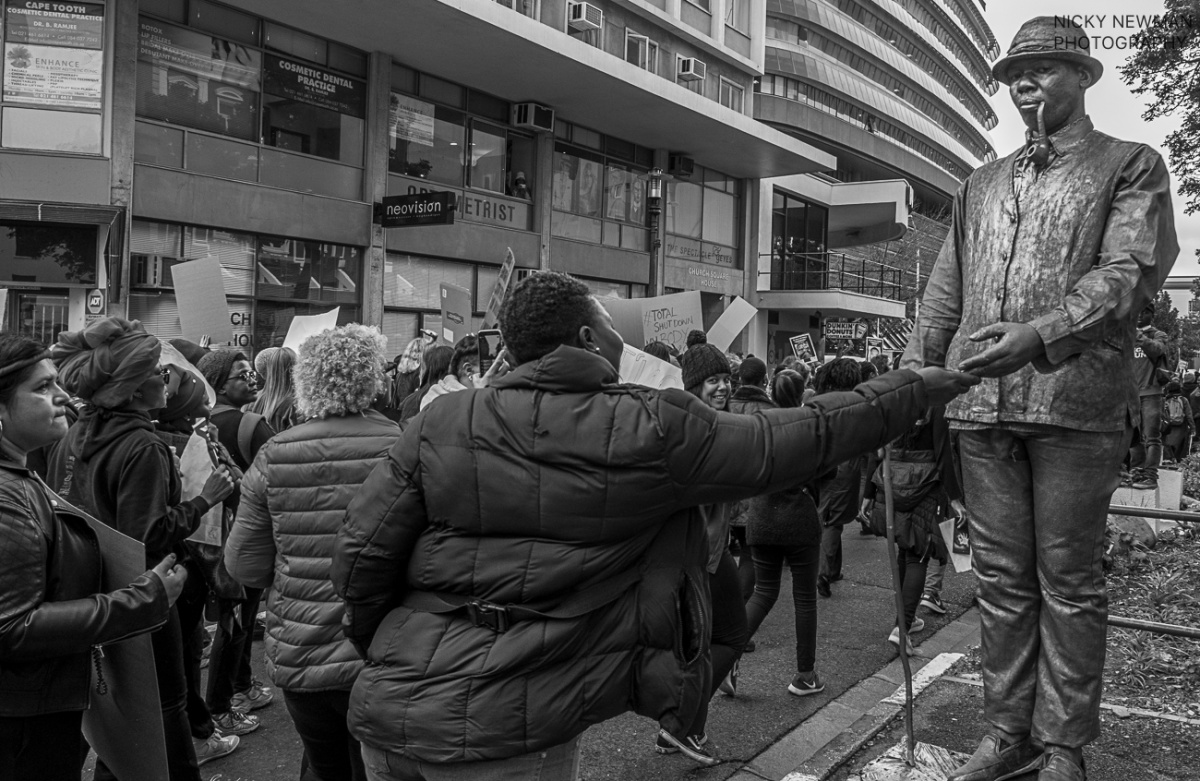
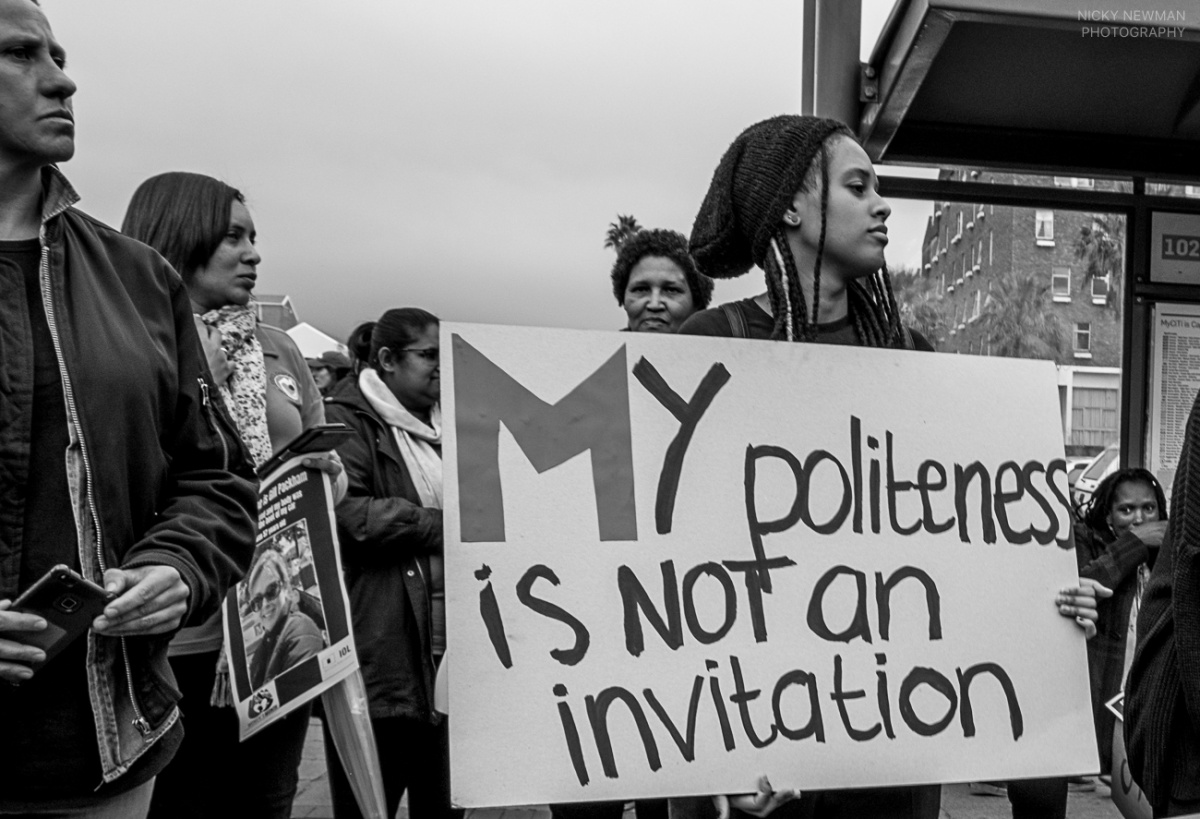
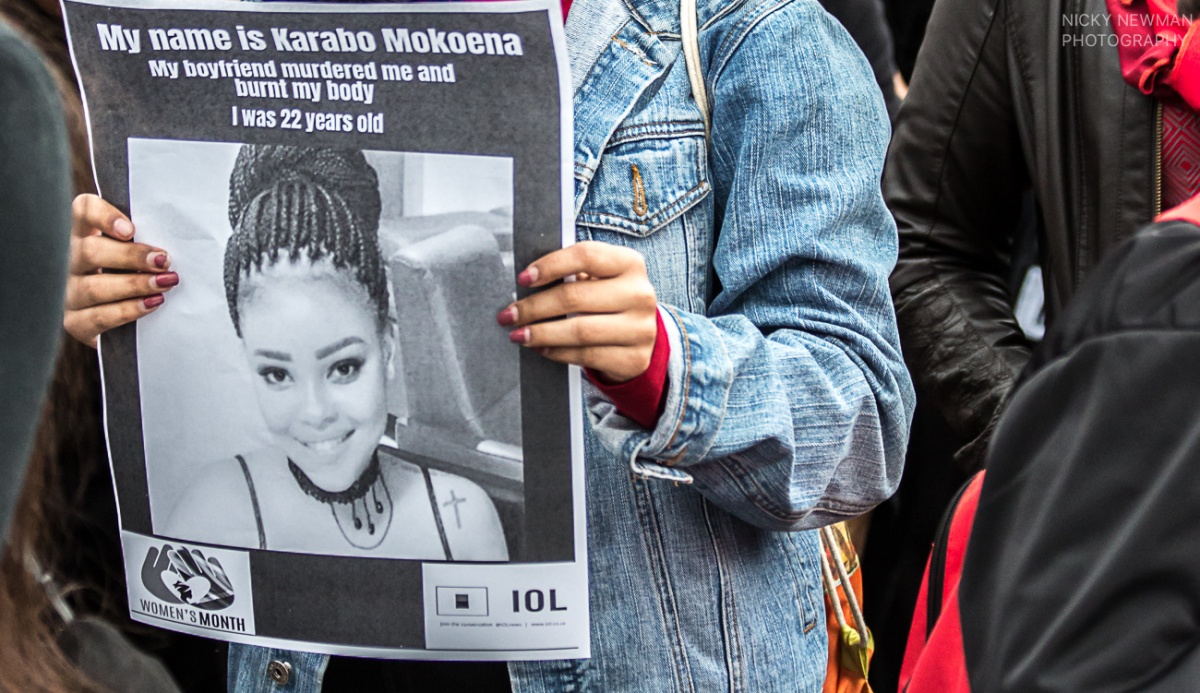
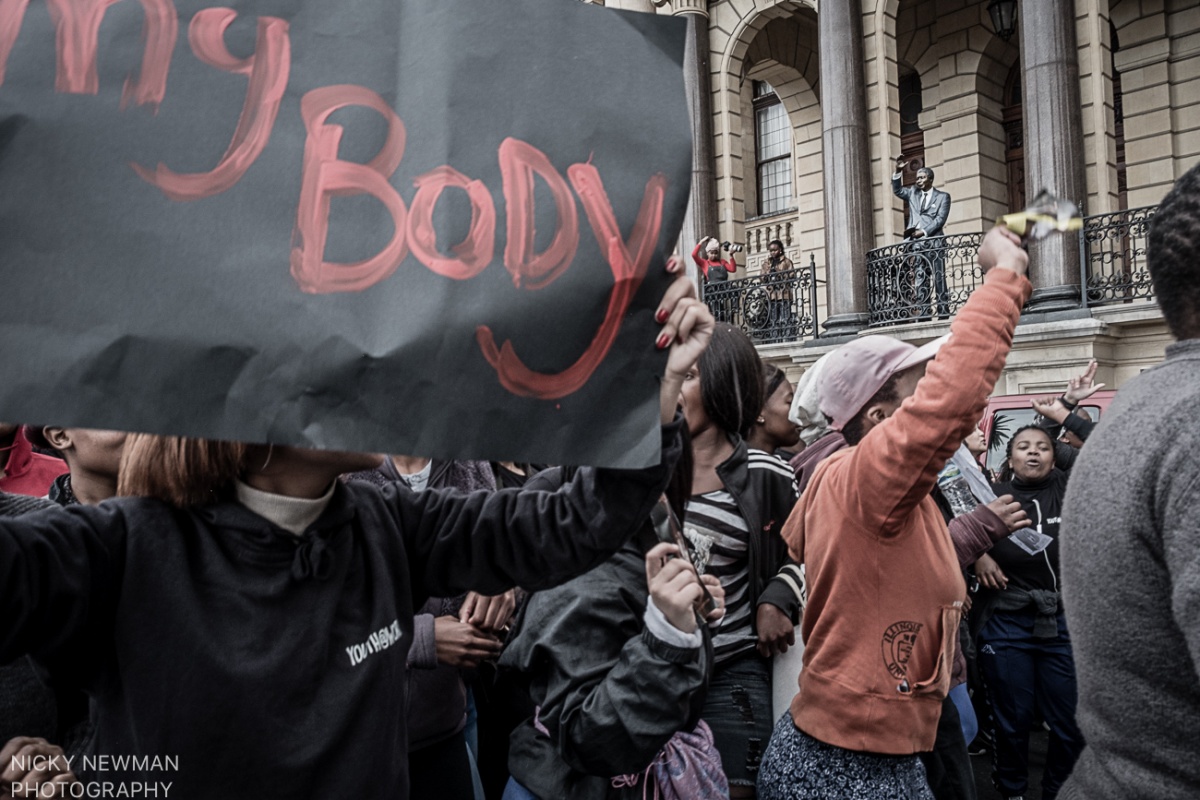
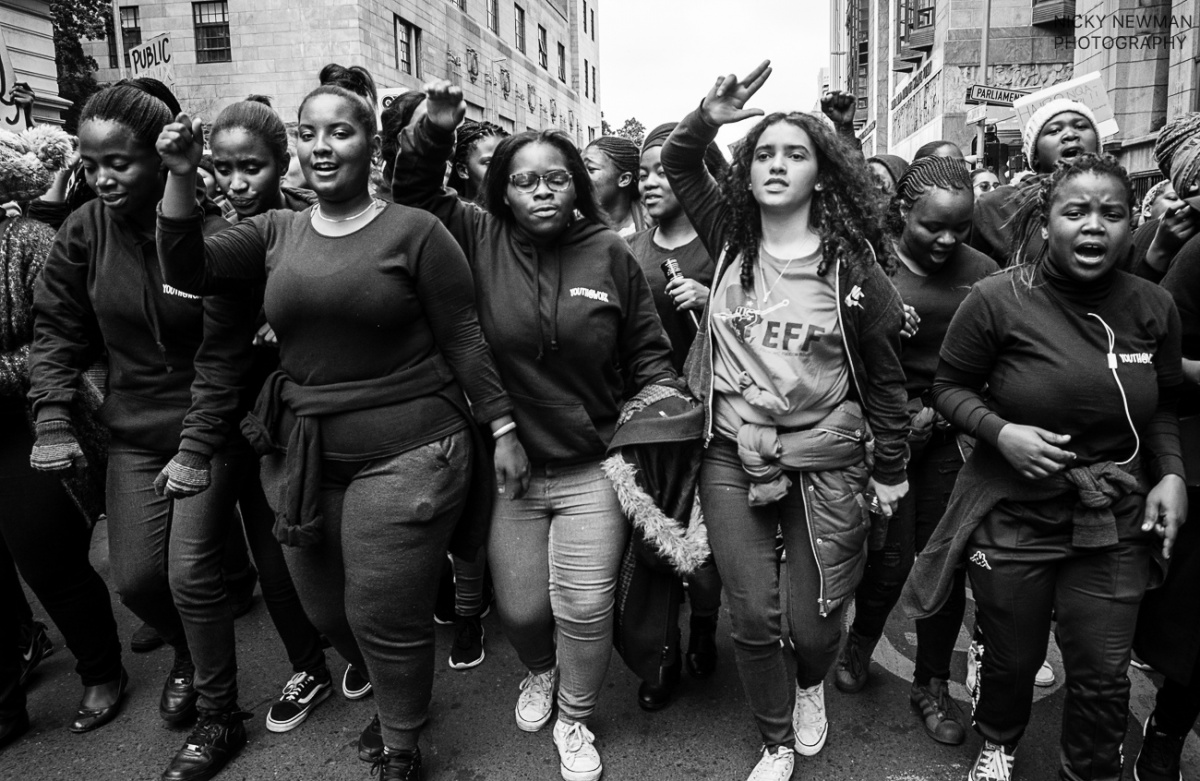
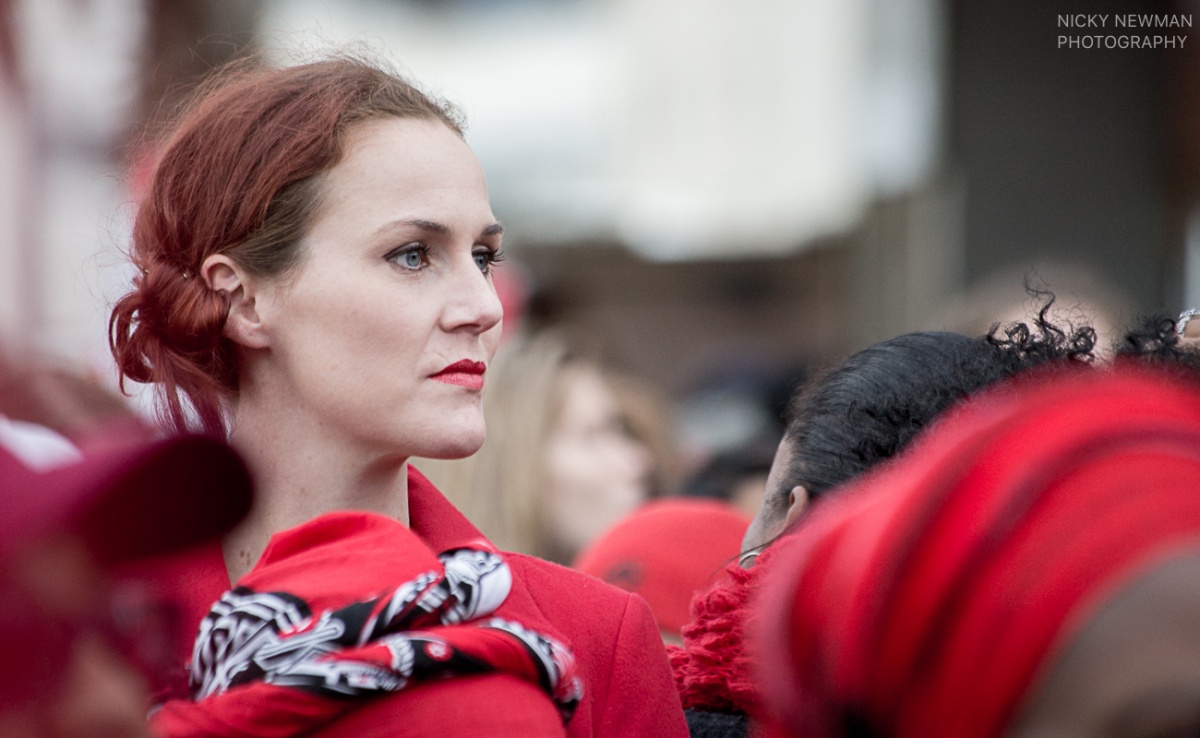
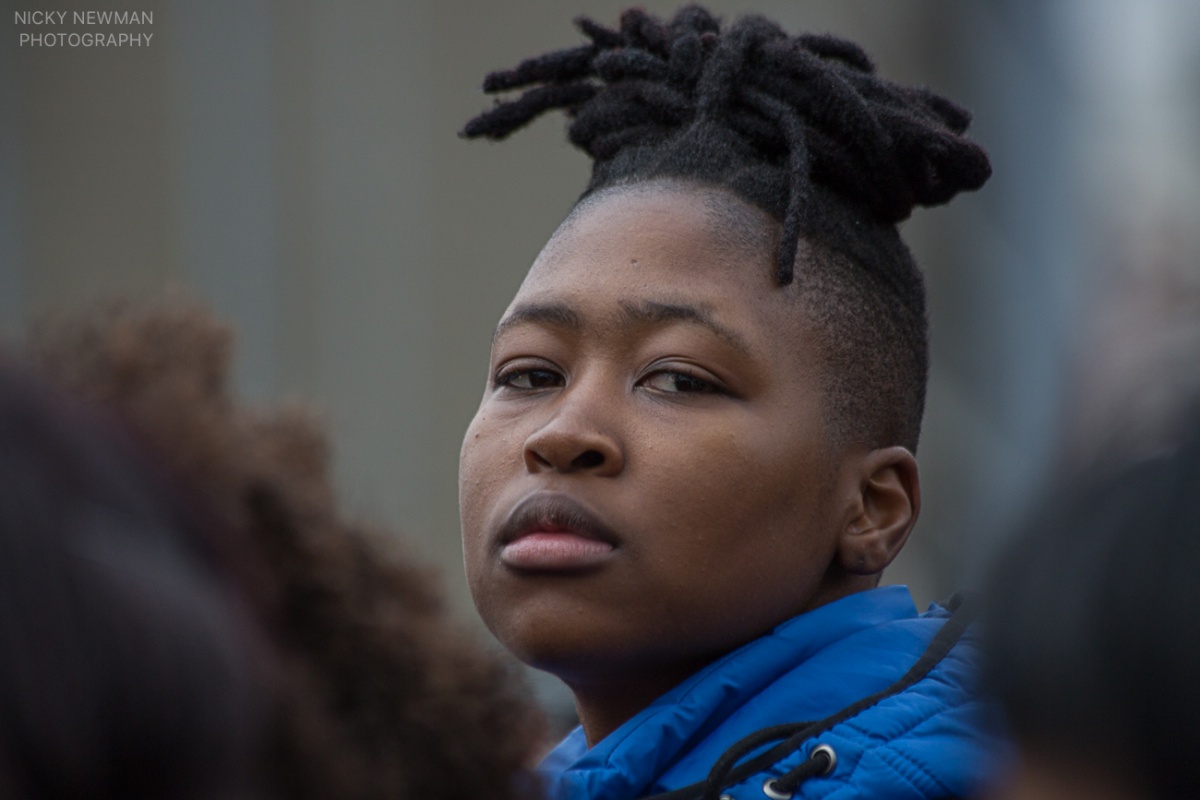
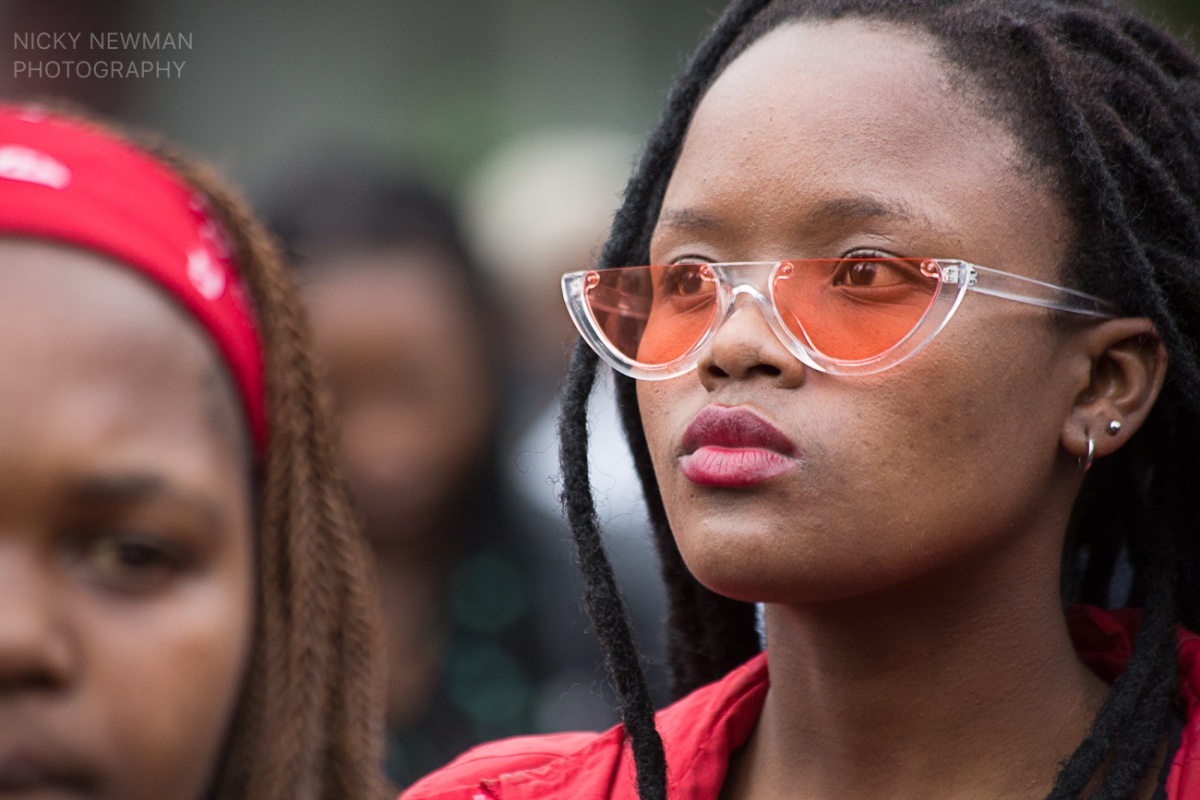
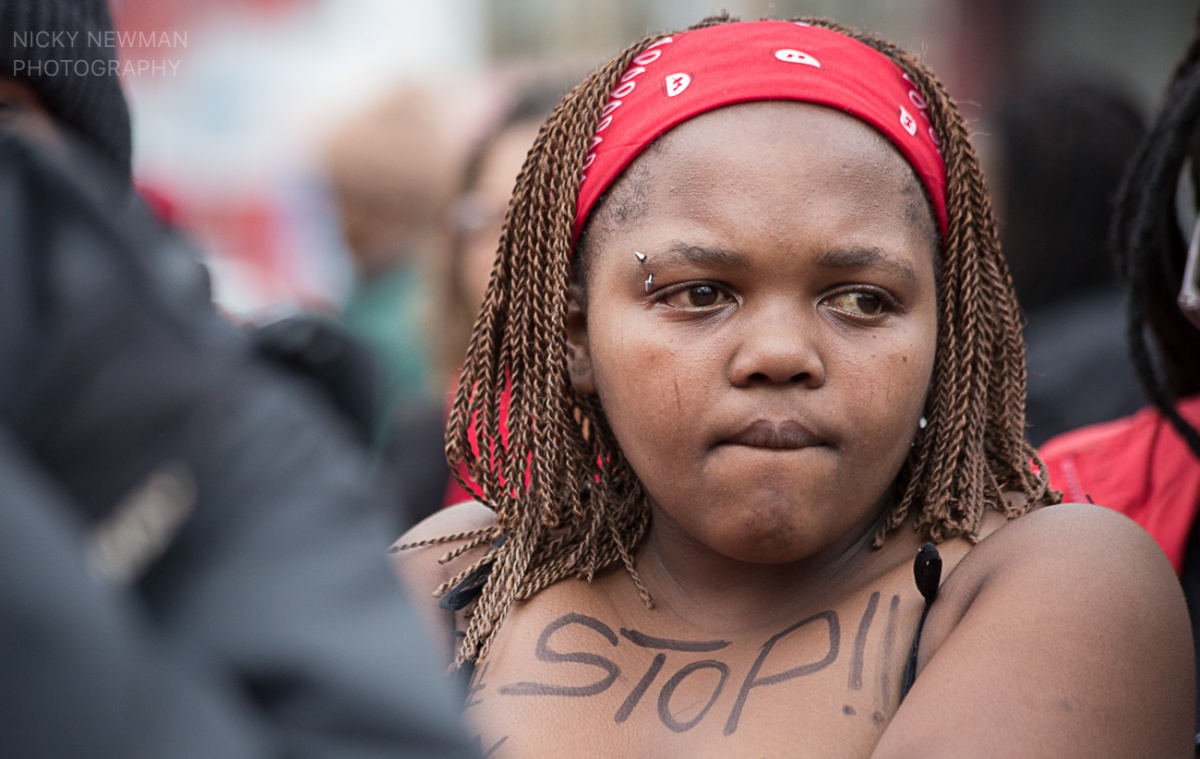
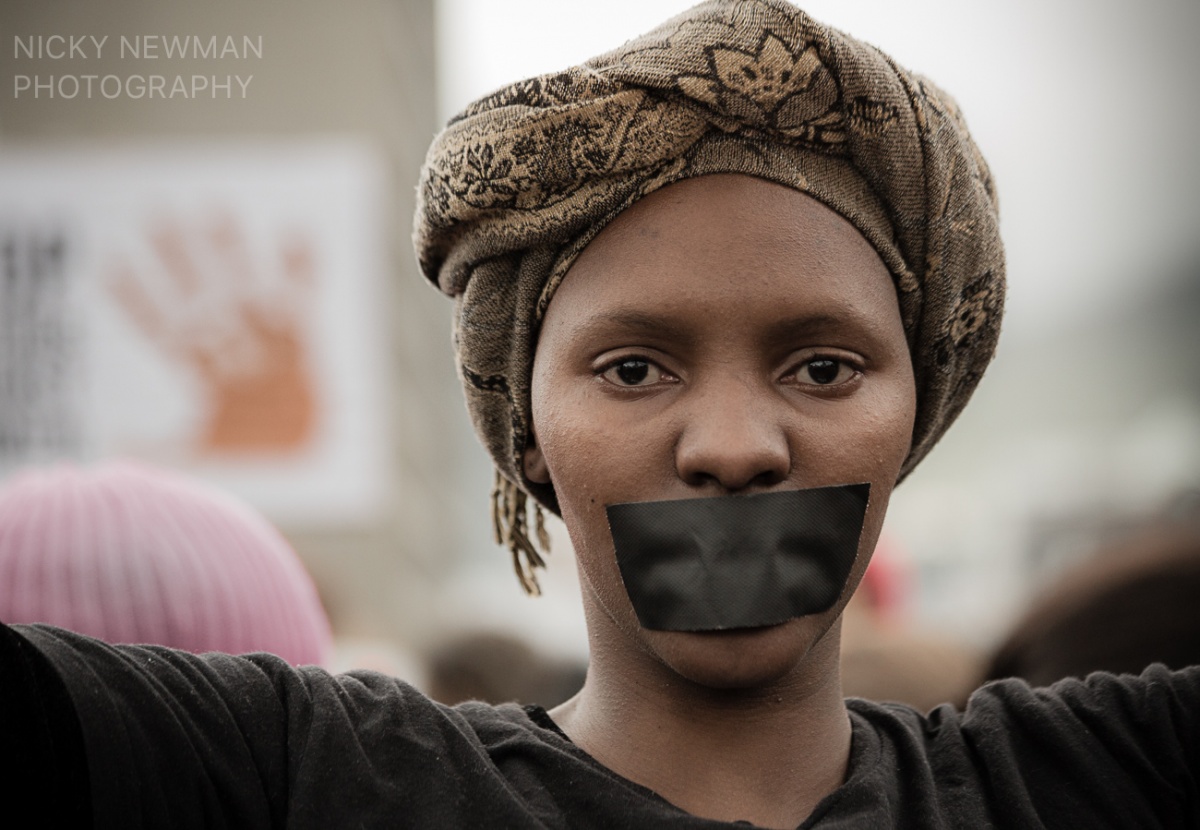
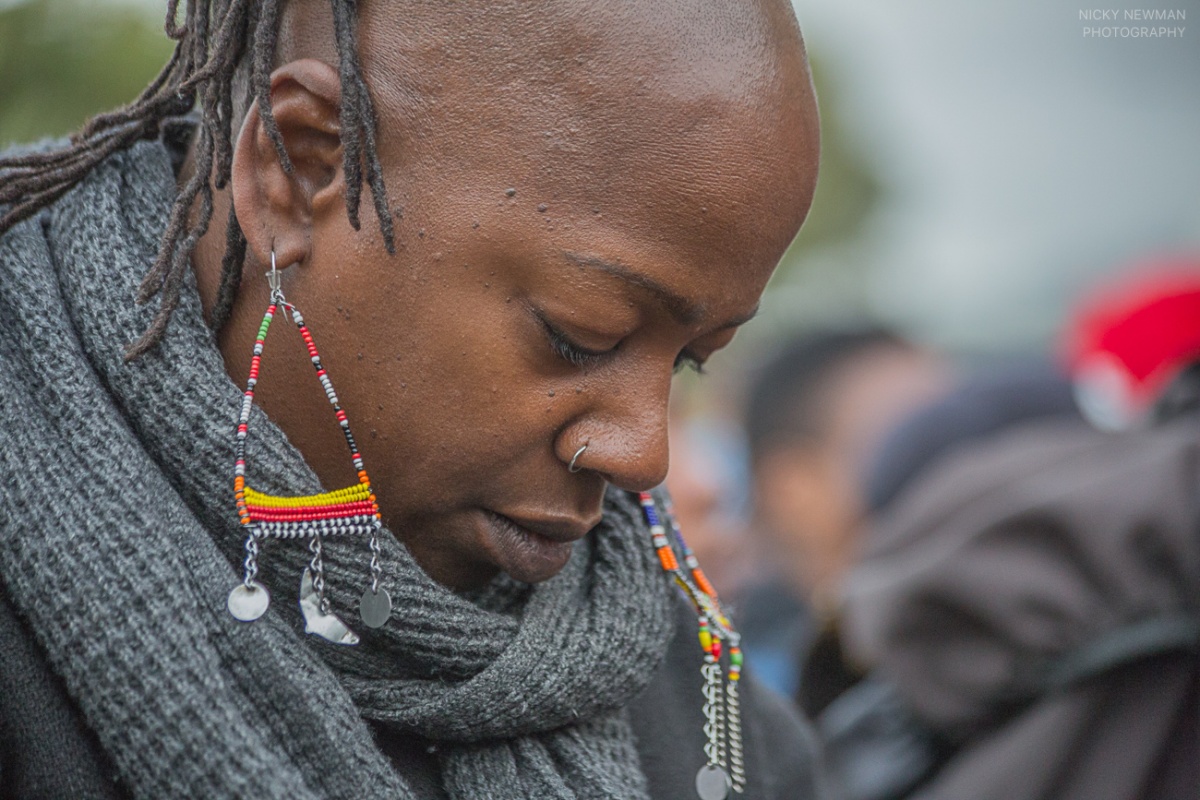
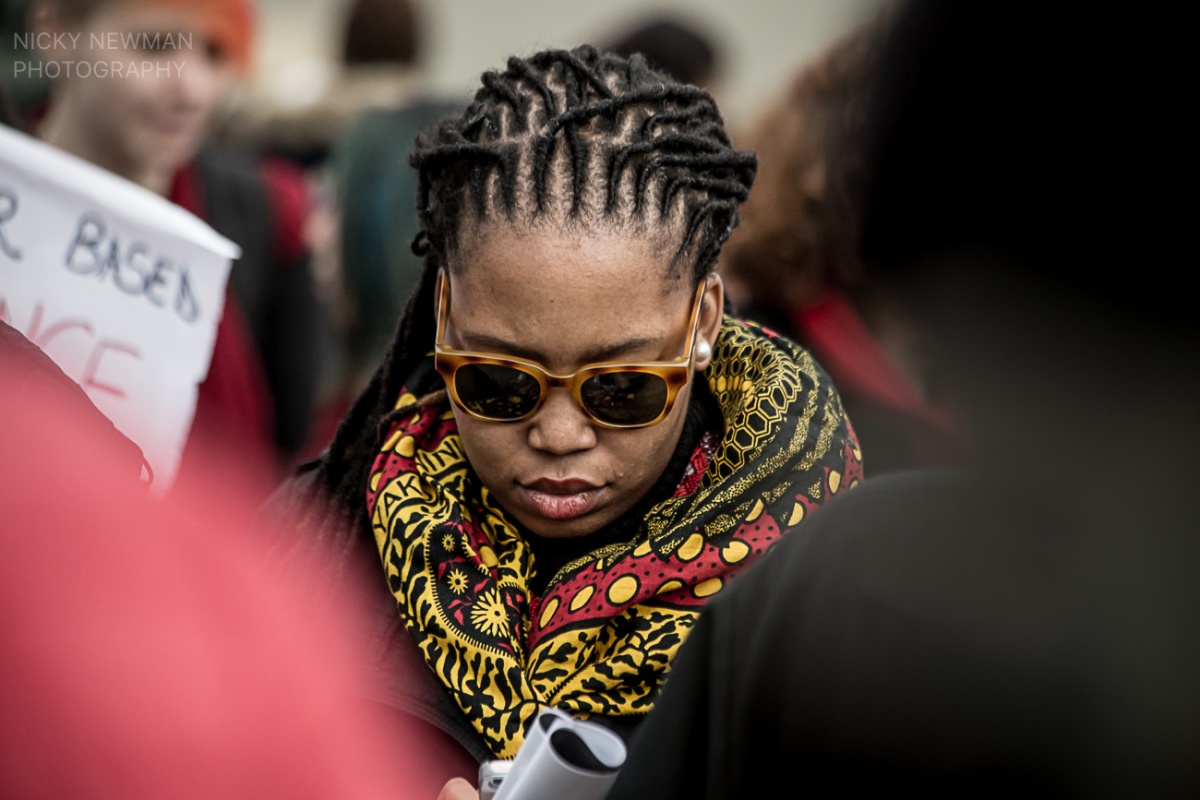
IAWRT Afghanistan has begun work on an exciting project to profile influential women in Afghan media.
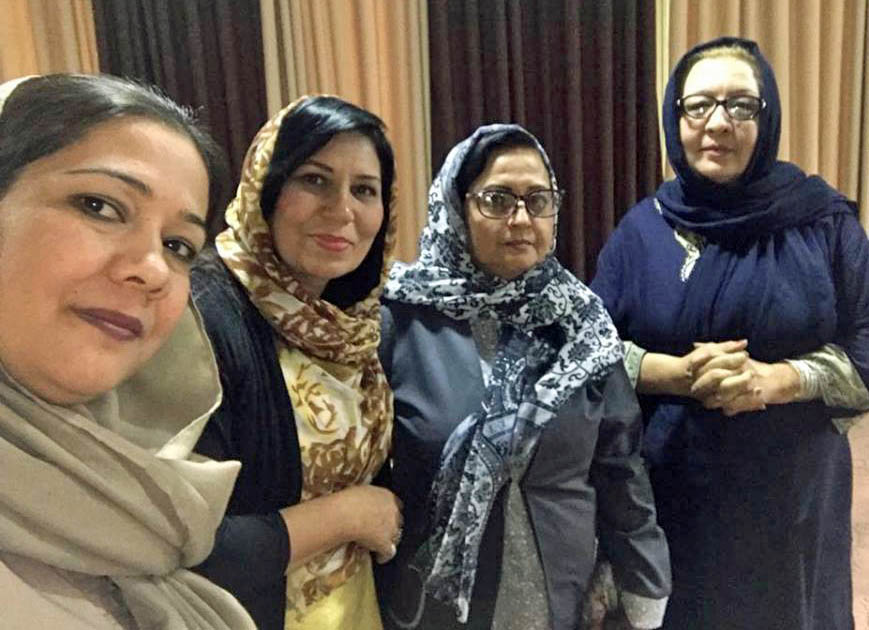 The chapter will be launched in Kabul in late August, and its official inauguration into IAWRT, is scheduled for October at the Uganda regional conference in Entebbe. Board members pictured, right to left : Najiba Ayubi, Amena Mayar, Makia Muneer and Afsana Rahimi
The chapter will be launched in Kabul in late August, and its official inauguration into IAWRT, is scheduled for October at the Uganda regional conference in Entebbe. Board members pictured, right to left : Najiba Ayubi, Amena Mayar, Makia Muneer and Afsana Rahimi
The multi media project will profile the careers of the women, looking at how they started to work in Afghanistan media, what they have achieved, how they faced and overcame what is an extremeley challenging environment. The project aims to find out what they think about the future for Afghan women journalists and what their role will be in Afghanistan.
The project is funded by Internews which supports leading Afghani media organisations and fosters the development of free and accurate media. The IAWRT project began in mid-June and is due to be completed and launched around the end of August 2018.
Twenty in depth interviews will be published in the most popular Afghanistan national newspaper, 8 sobh, (8 oclock in the morning) and will also be produced as a book in two national languages, which will be distributed in different areas of Afghanistan.
Among the women interviewed so far is Shafiqa Habibi, a long life radio and television journalist and the head of the Afghan Women Journalists Union.
The head of the IAWRT Afghanistan chapter, Najiba Ayubi (pictured far right), says a seven-minute documentary is also being made to showcase those media women and that will be screened at the local launch of IAWRT in Kabul in August.
Following along the aims of IAWRT’s international gender mainstreaming project, the Afghanistan chapter plans to also develop a code of conduct for media organisations to put gender inclusion policy into practice.
This is to be developed through a series of networking meetings with other women in media organisations and will be produced for the Afghanistan Federation Journalists (AFJ).


